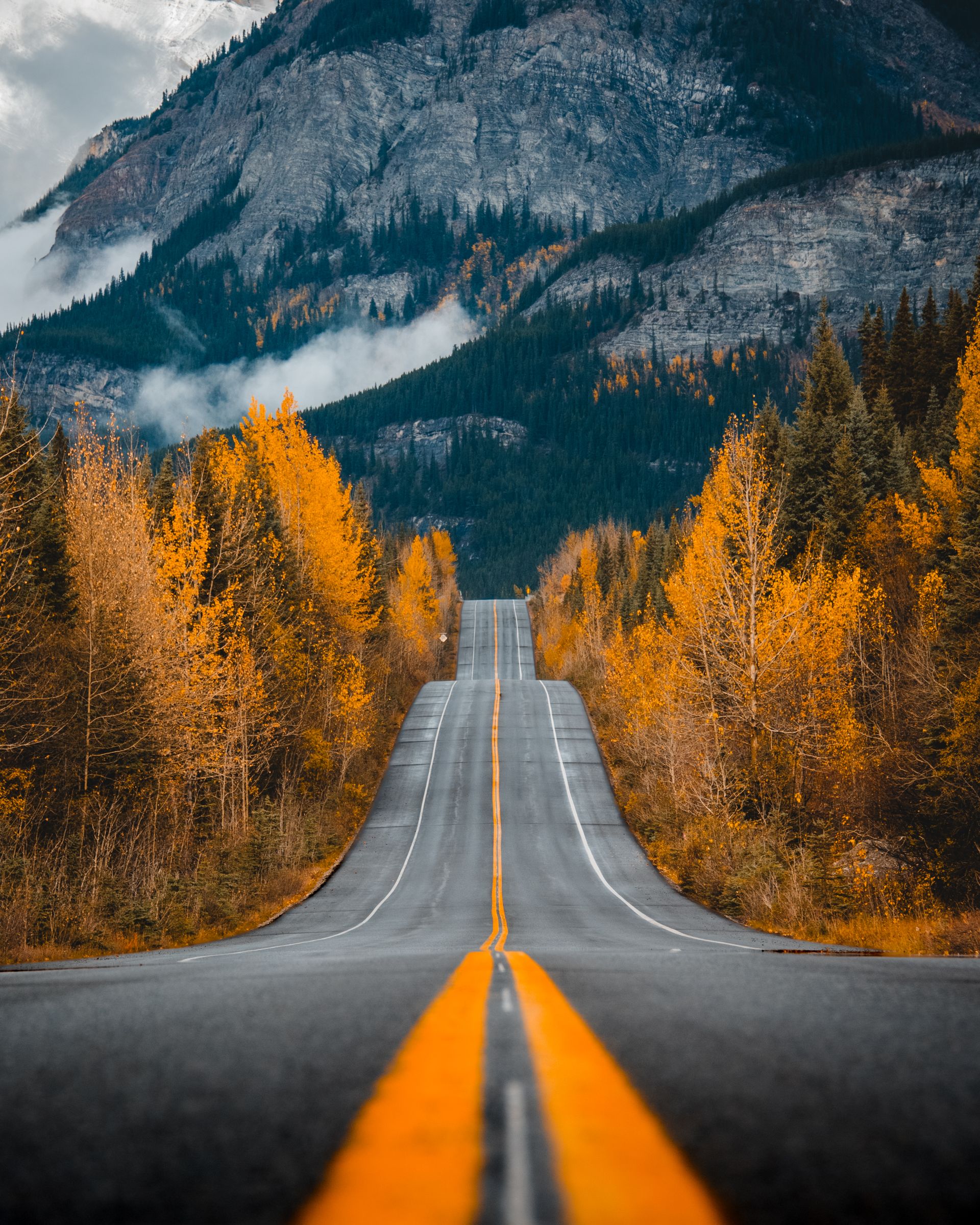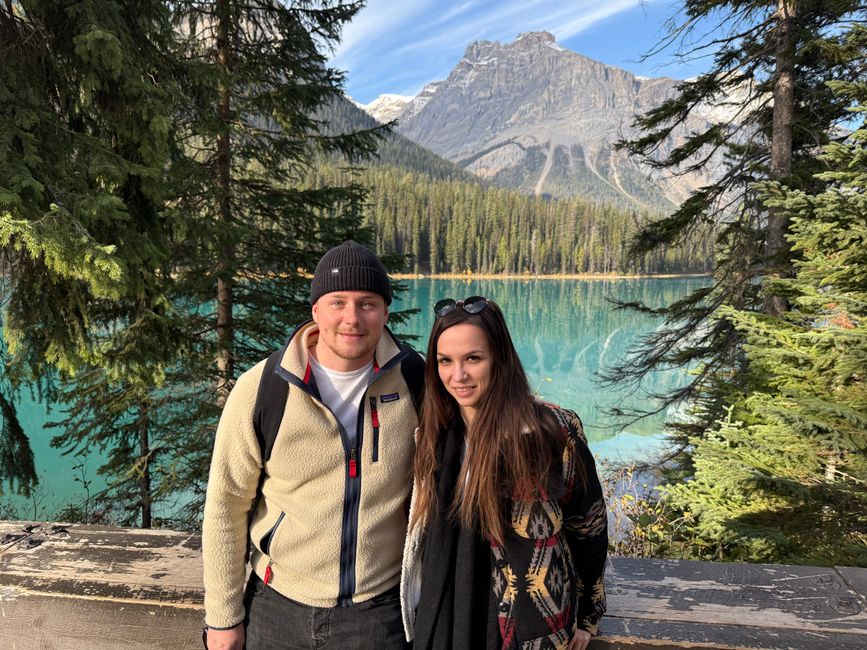Salar de Uyuni
Басылган: 09.12.2017
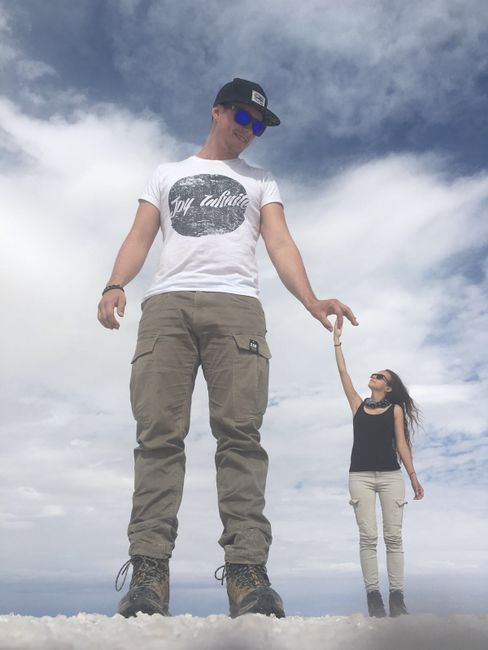
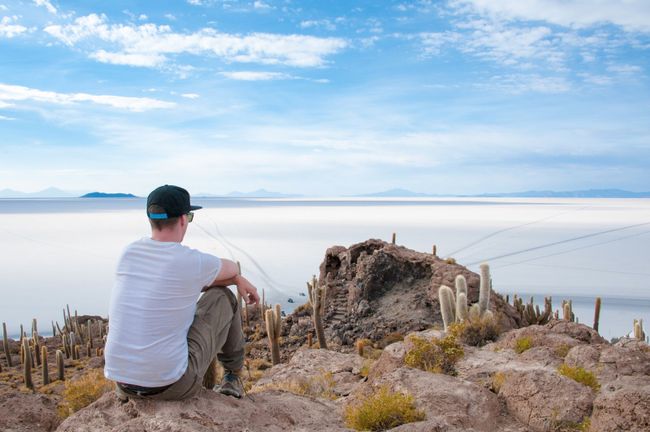
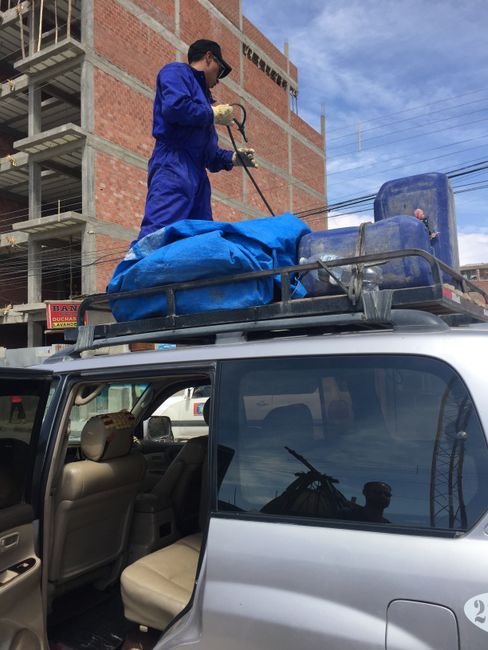
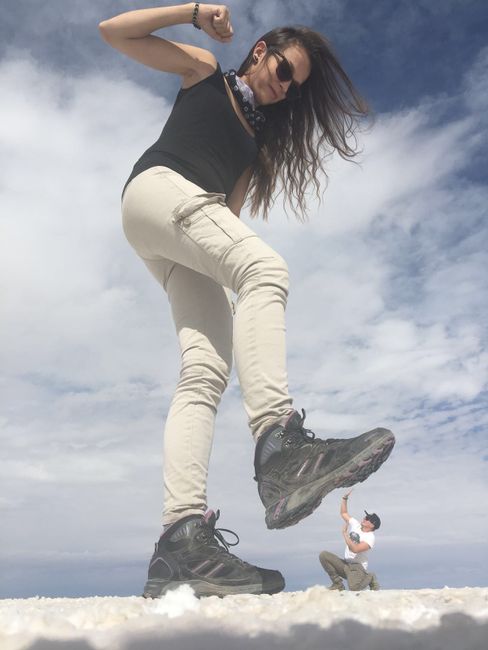
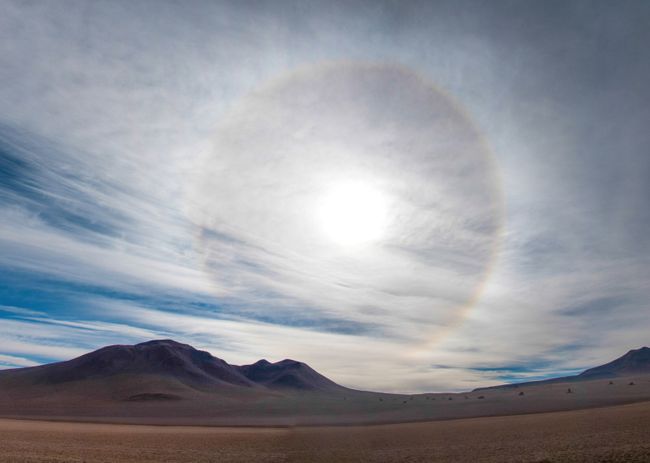
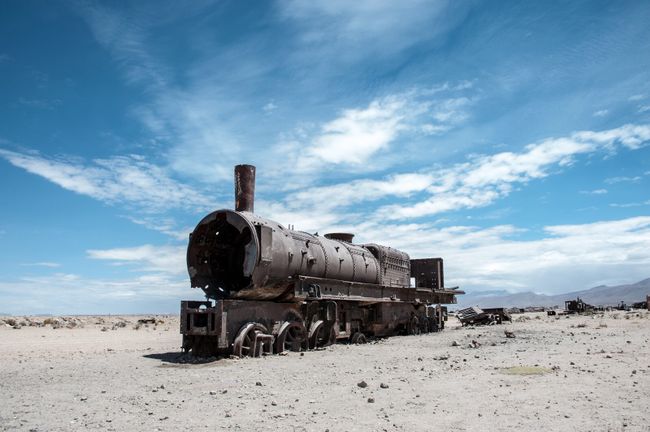
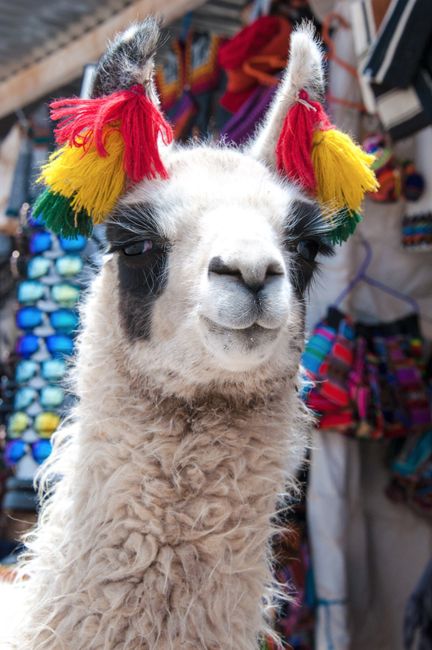
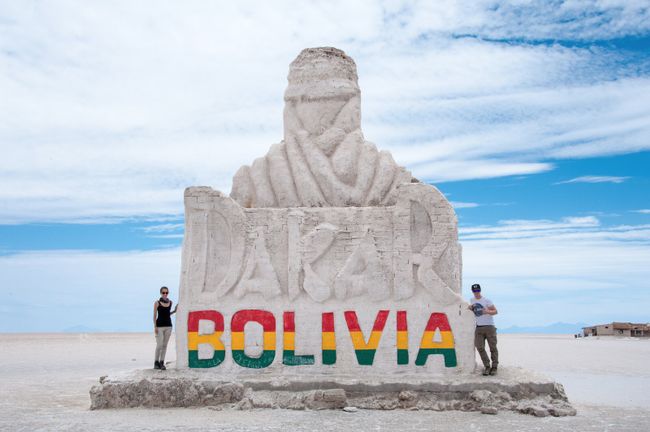
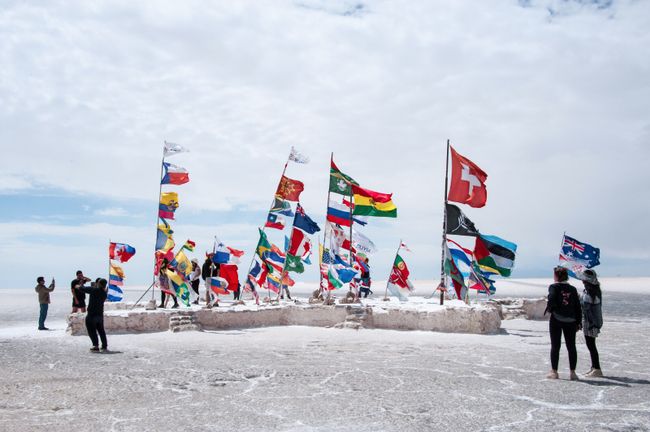
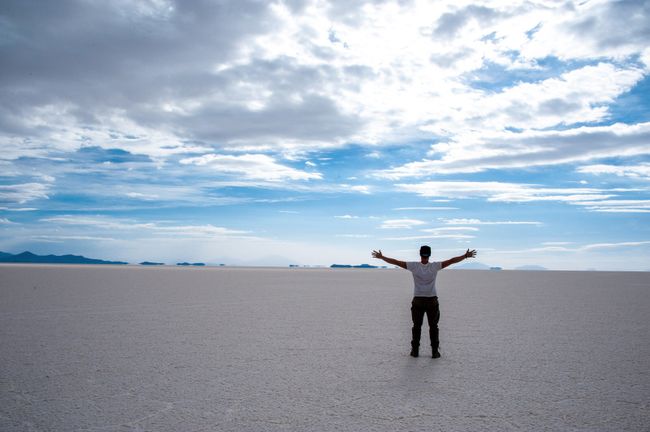
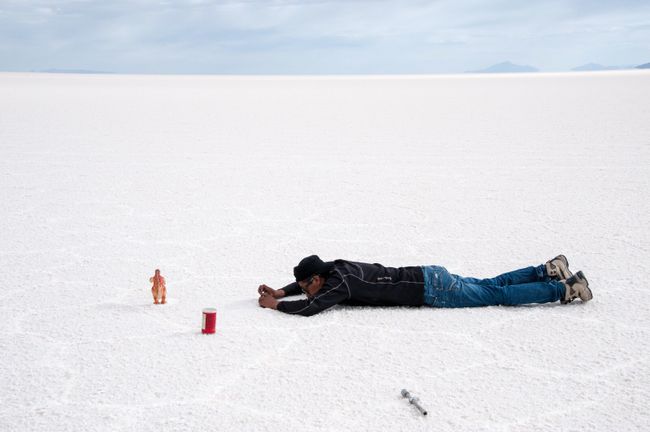
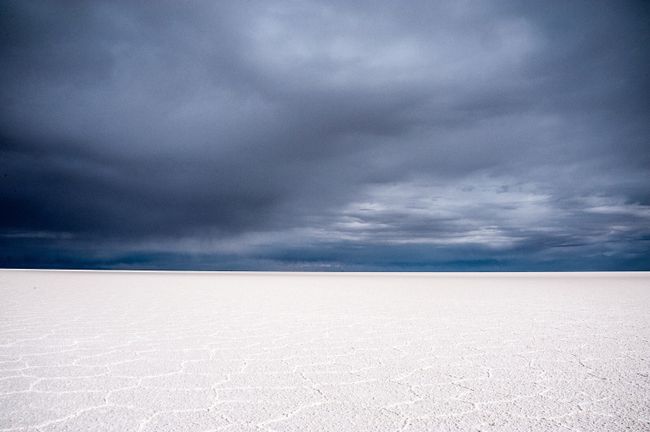
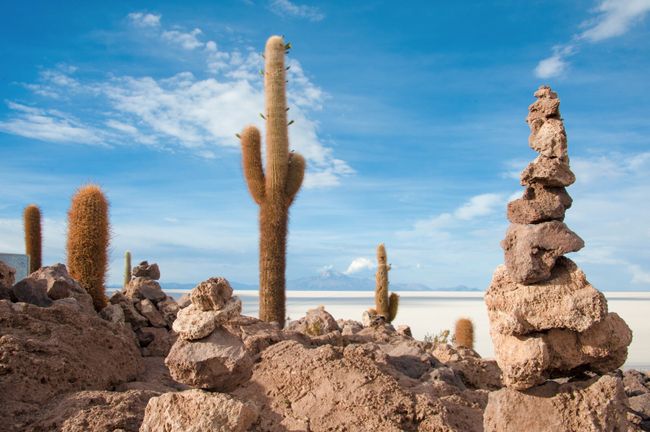
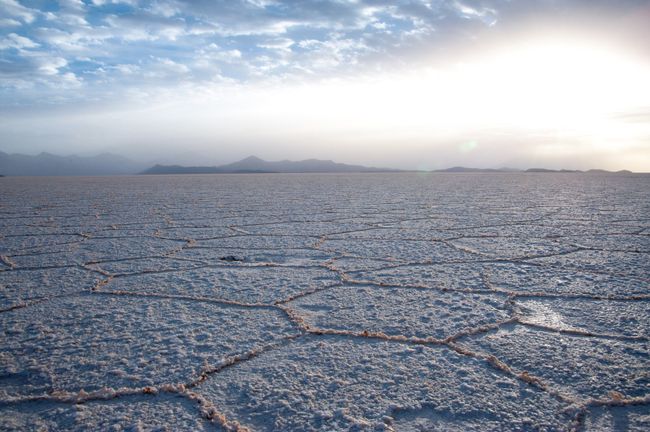
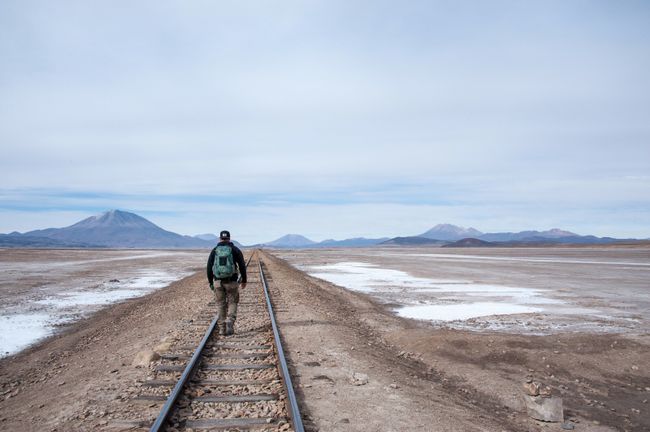
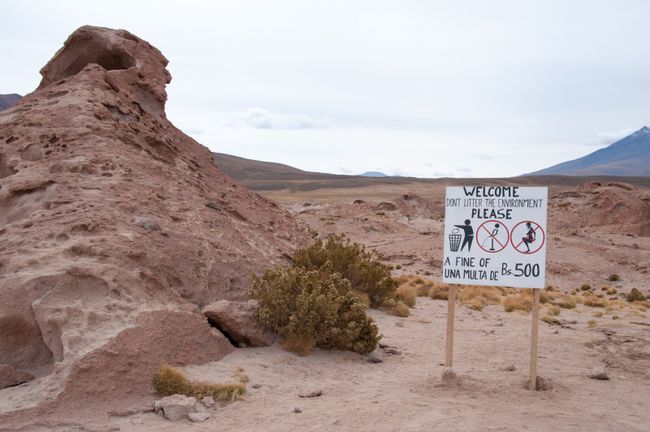
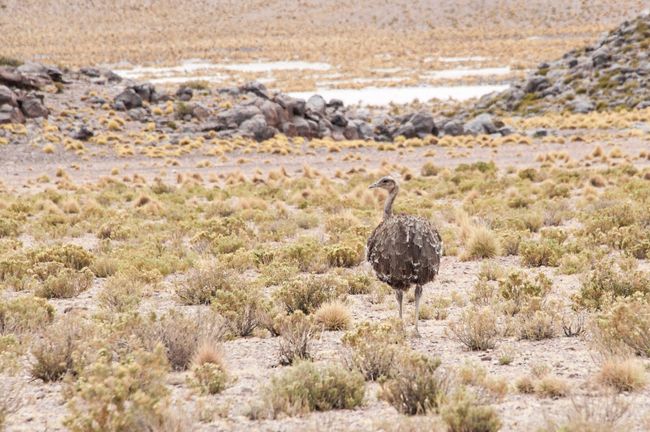
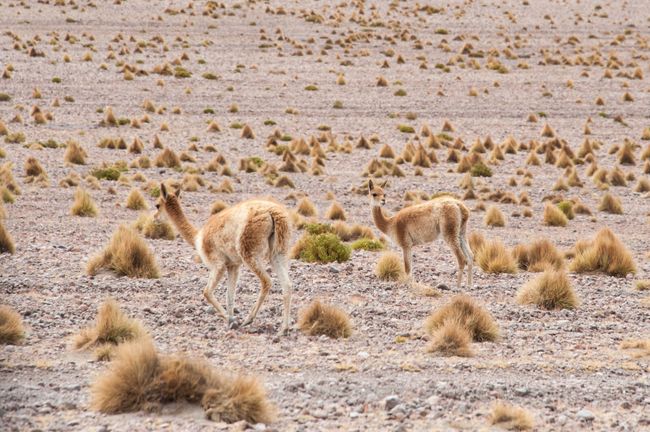
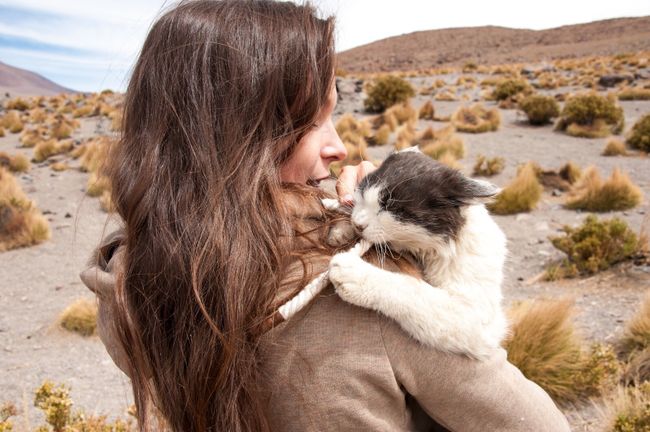
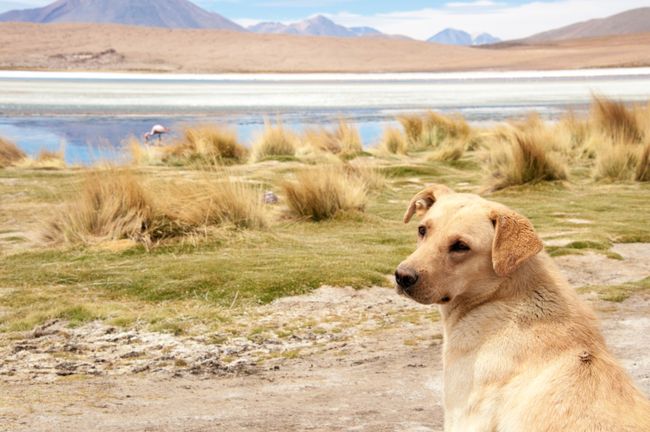
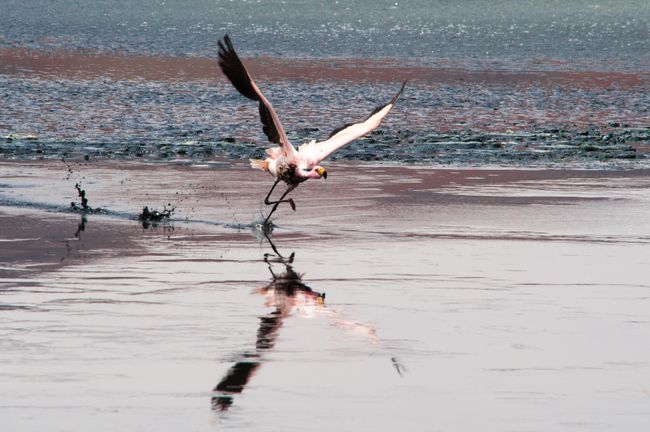
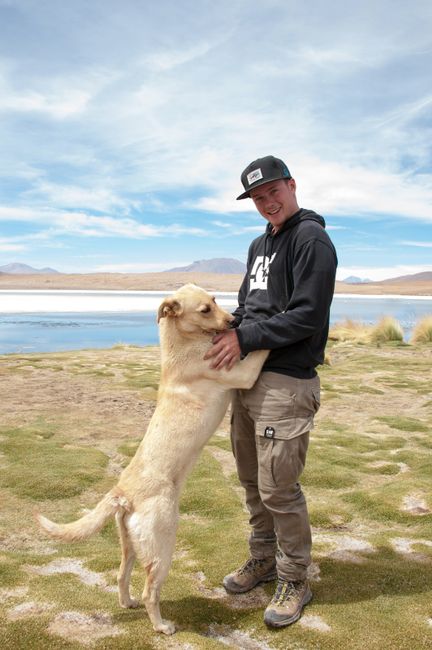
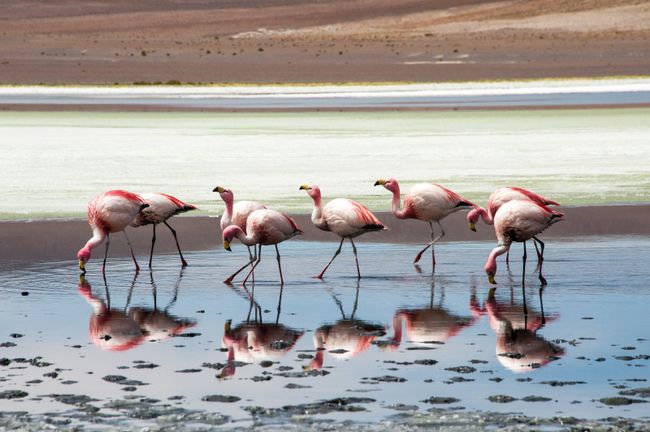
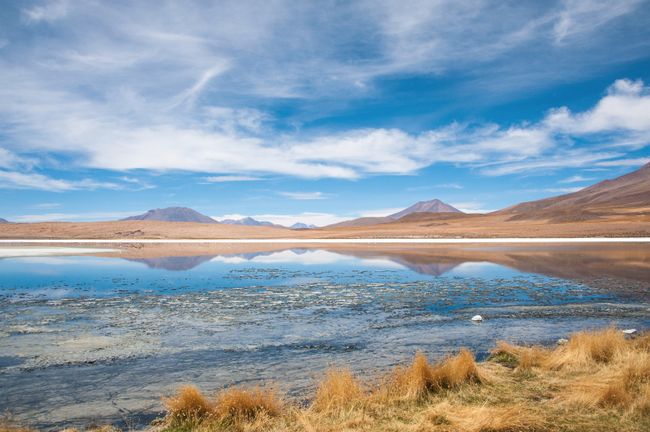
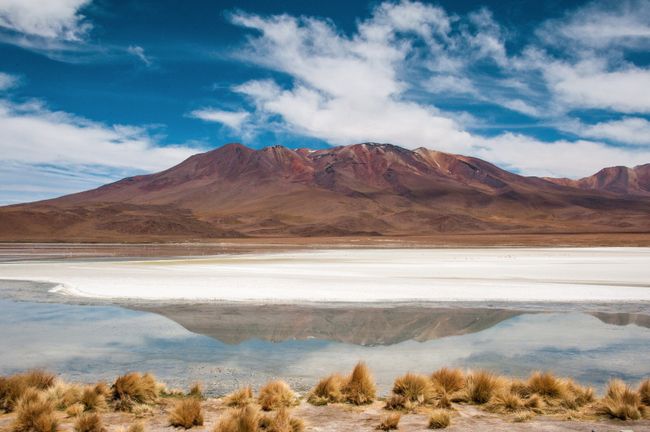
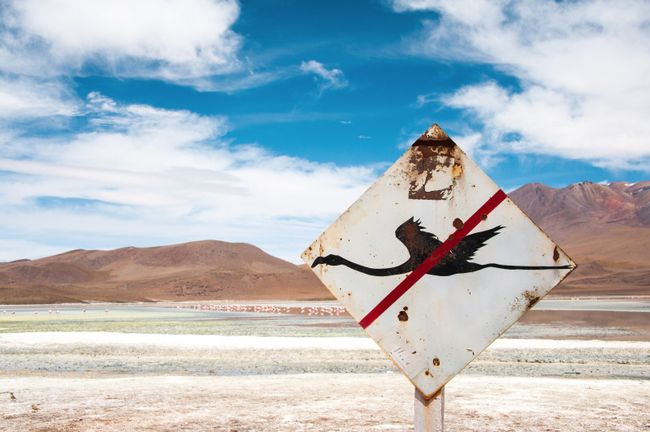
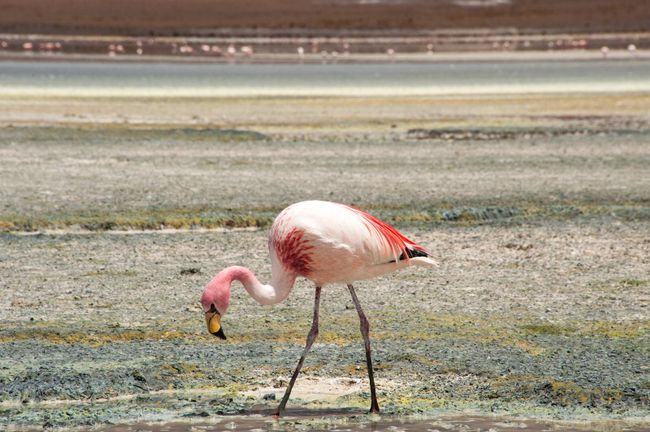
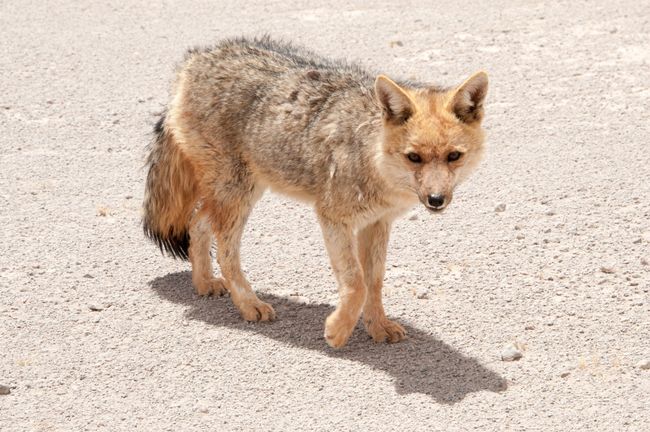
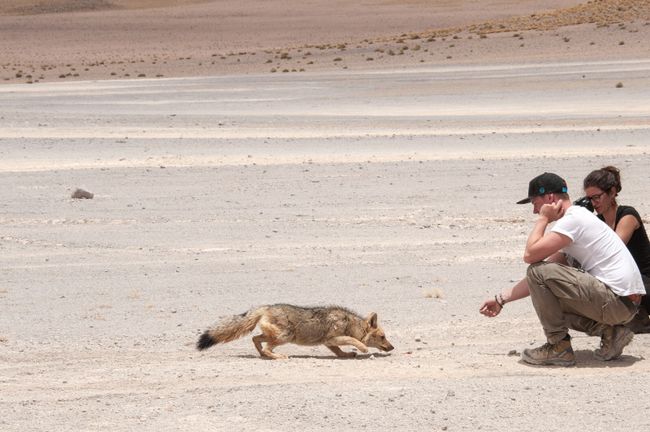
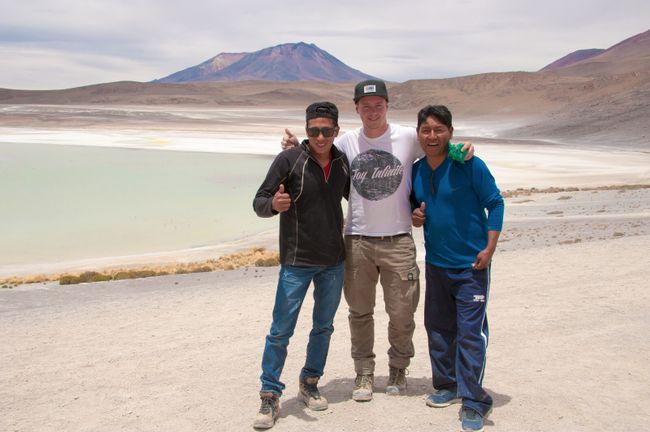
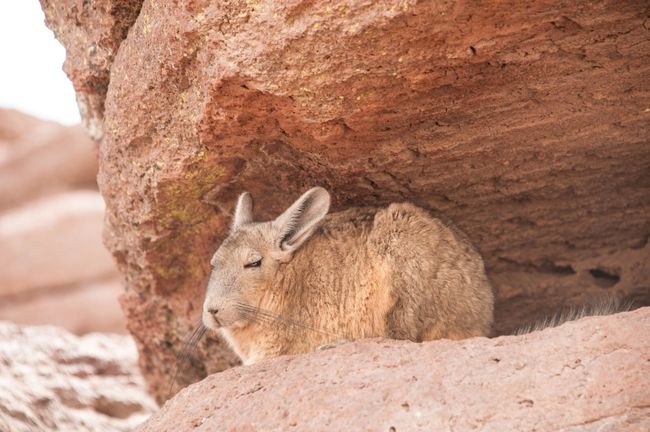
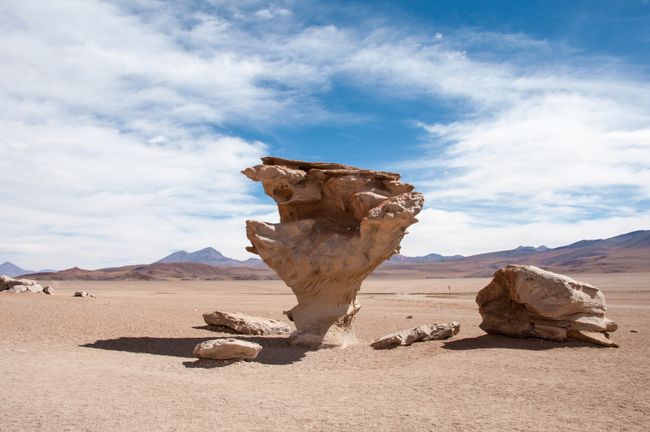
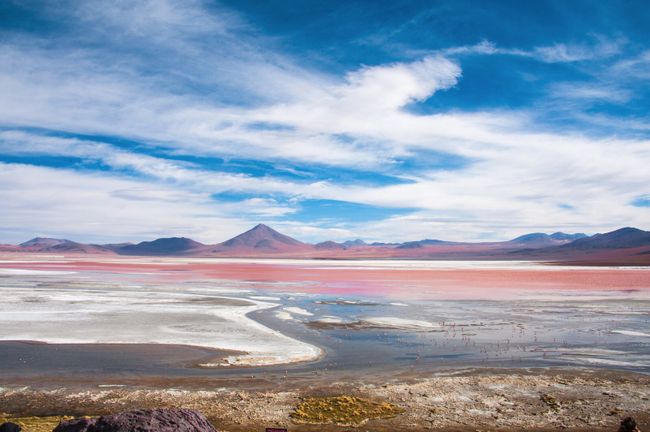
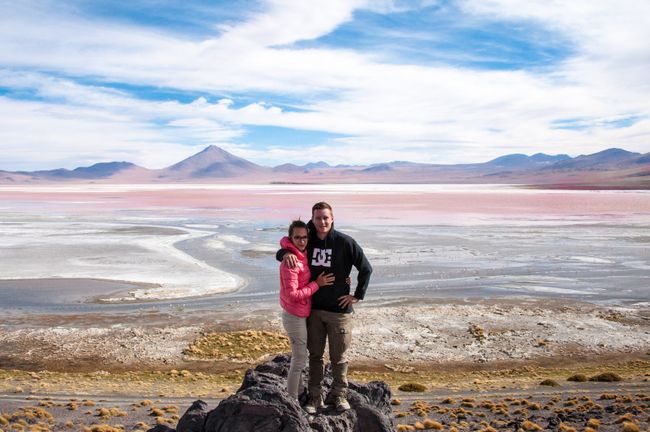
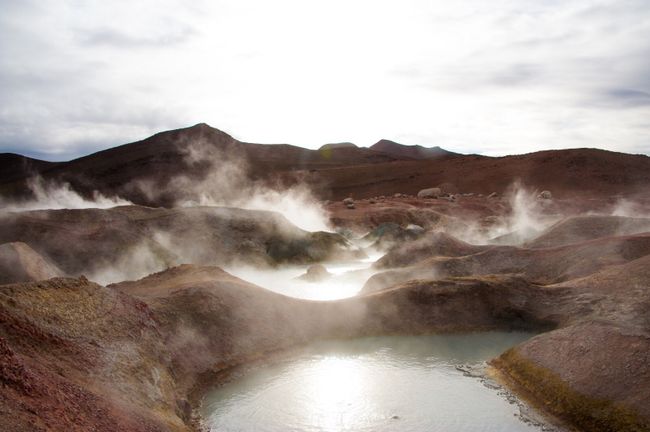
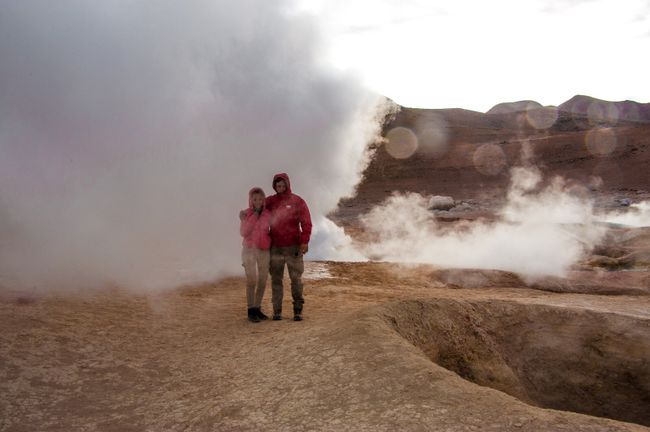
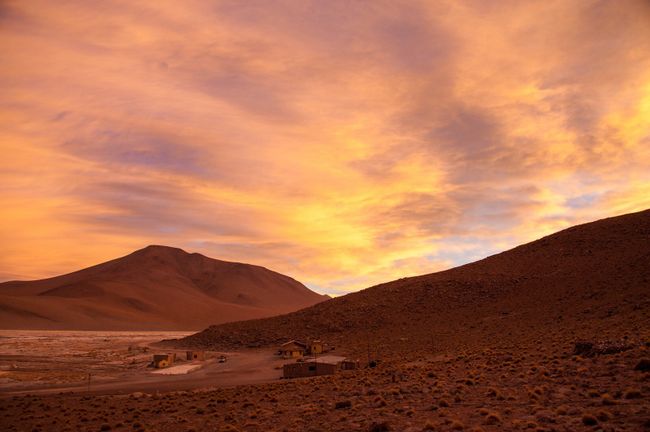
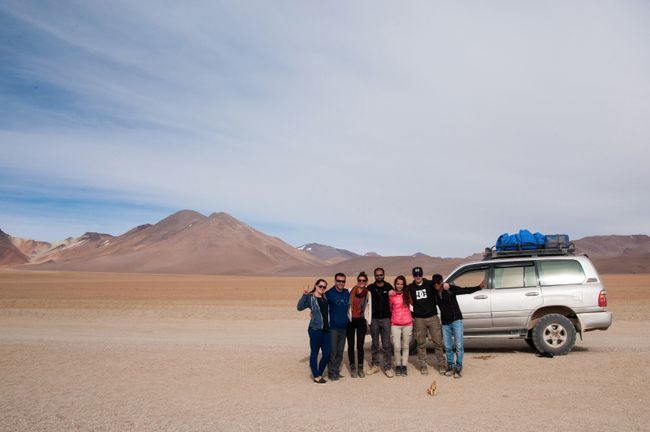
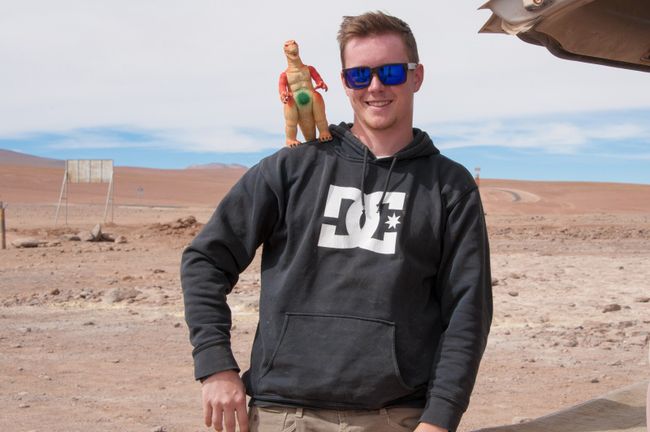
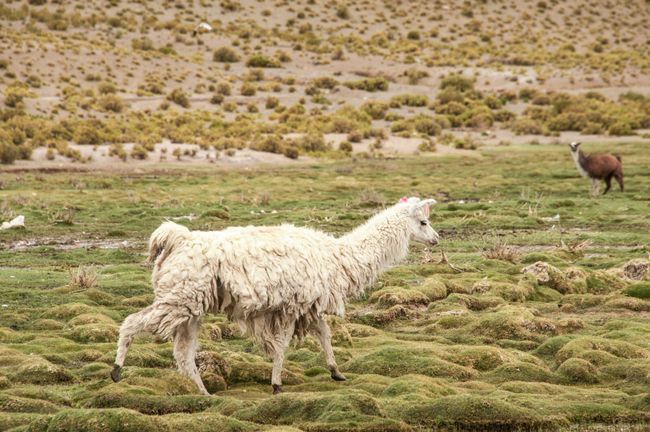
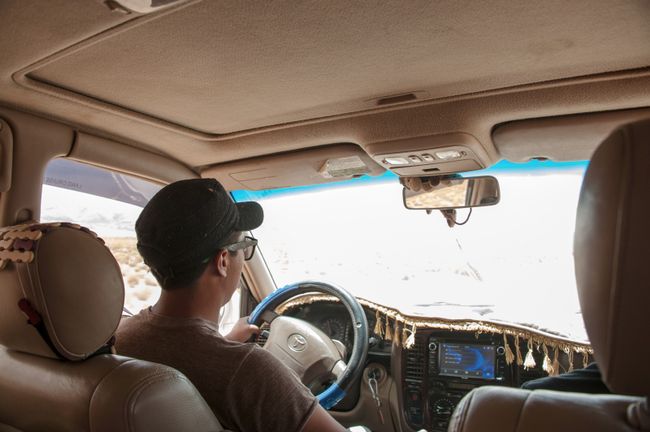
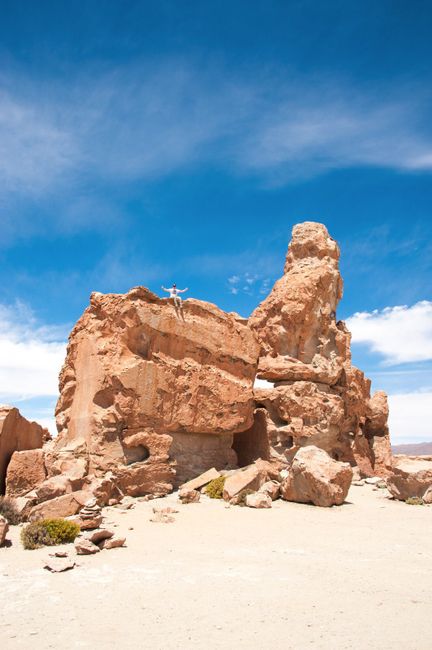
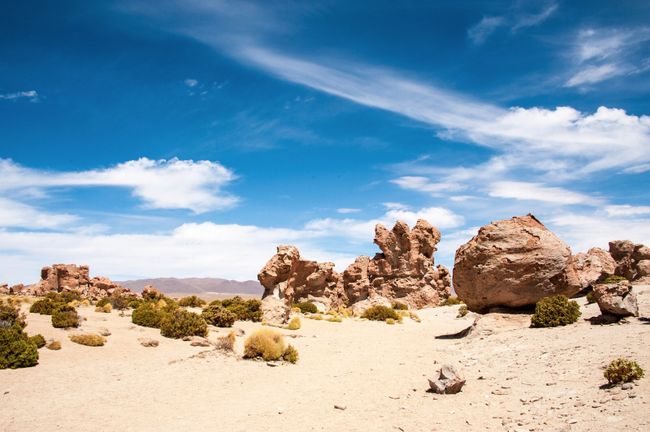
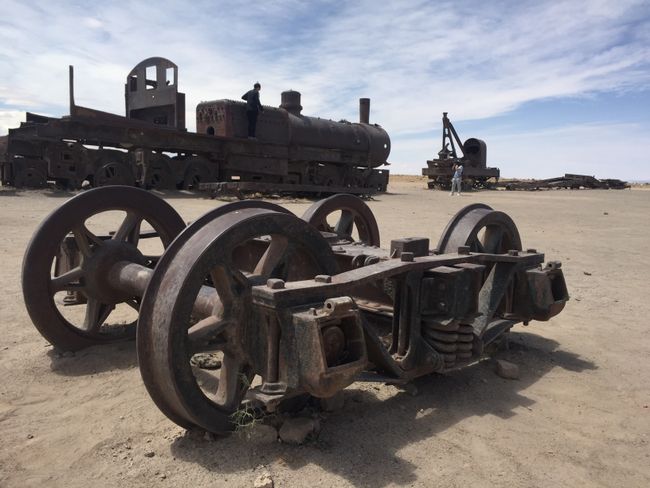
Бюллетеньгә язылу
Uyuni
We traveled from San Pedro de Atacama to Uyuni by night bus. We left in the morning of the 3rd. It was freezing cold on the bus, there was no heating. Instead, everyone was wrapped up as if going skiing. However, there were enough blankets to keep us warm. Eventually, we reached the border and from there, nothing happened. We had to wait for about 1 hour for our luggage to be checked and our passports to be stamped. After a tedious wait, we continued our journey, but an hour later, we made the next stop. The military police conducted a random check of our luggage and inspected everyone's passports. It felt like an eternity. The old people started shouting 'Vamooooos', and everyone became impatient. Finally, we arrived in Uyuni. We checked out a few hostels and quickly realized that the hostels in this city were not really suitable. Dark, smelly, and overpriced. So we decided to get a hotel room instead. Fortunately, we found one for 12 CHF per night. After checking in, we went to the travel agencies, as there were about 20-30 of them in the city. They all offered the Uyuni Salt Flats Tour. However, we had done our research beforehand and already knew which tour we wanted. So we went to the office and booked it for 105 CHF, including meals, drinks, transportation, and accommodation for 3 days. However, it was Saturday and there were elections in the city on Sunday, so we couldn't start the tour until Monday morning, which was not a problem because we had time to acclimatize. Uyuni is actually located at an altitude of 3600 meters above sea level! So we spent the 'waiting time' relaxing.
In the morning of Monday, we went to the office where 10 other travelers were already waiting. We greeted each other and waited for our guide to arrive with his jeep. His name was Alberto, a 26-year-old Bolivian. We liked him right from the beginning because of his friendly, humorous, and relaxed nature. We loaded our luggage onto the roof and started driving.
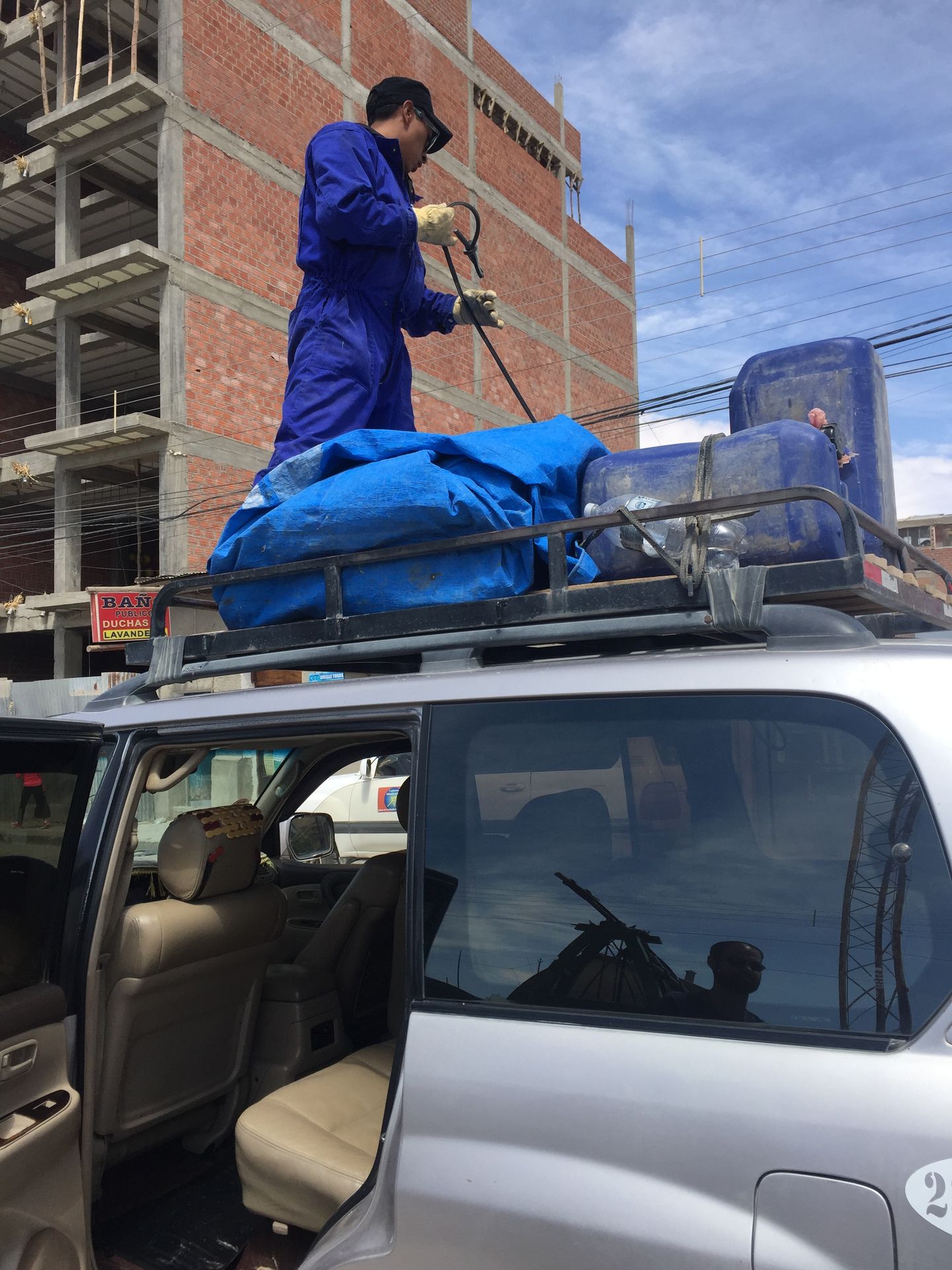
There were 6 of us travelers. Steve, a 38-year-old Frenchman (he didn't look like 38 at all), Denise, a 27-year-old German, and an Irish couple named Paddy and Muriel. Paddy was the man, and I always forgot Muriel's name because it was so unusual.

Our first stop was the 'Locomotive Cemetery'. These were the old locomotives that used to transport salt from Uyuni to Antofagasta (Chile) at the port.
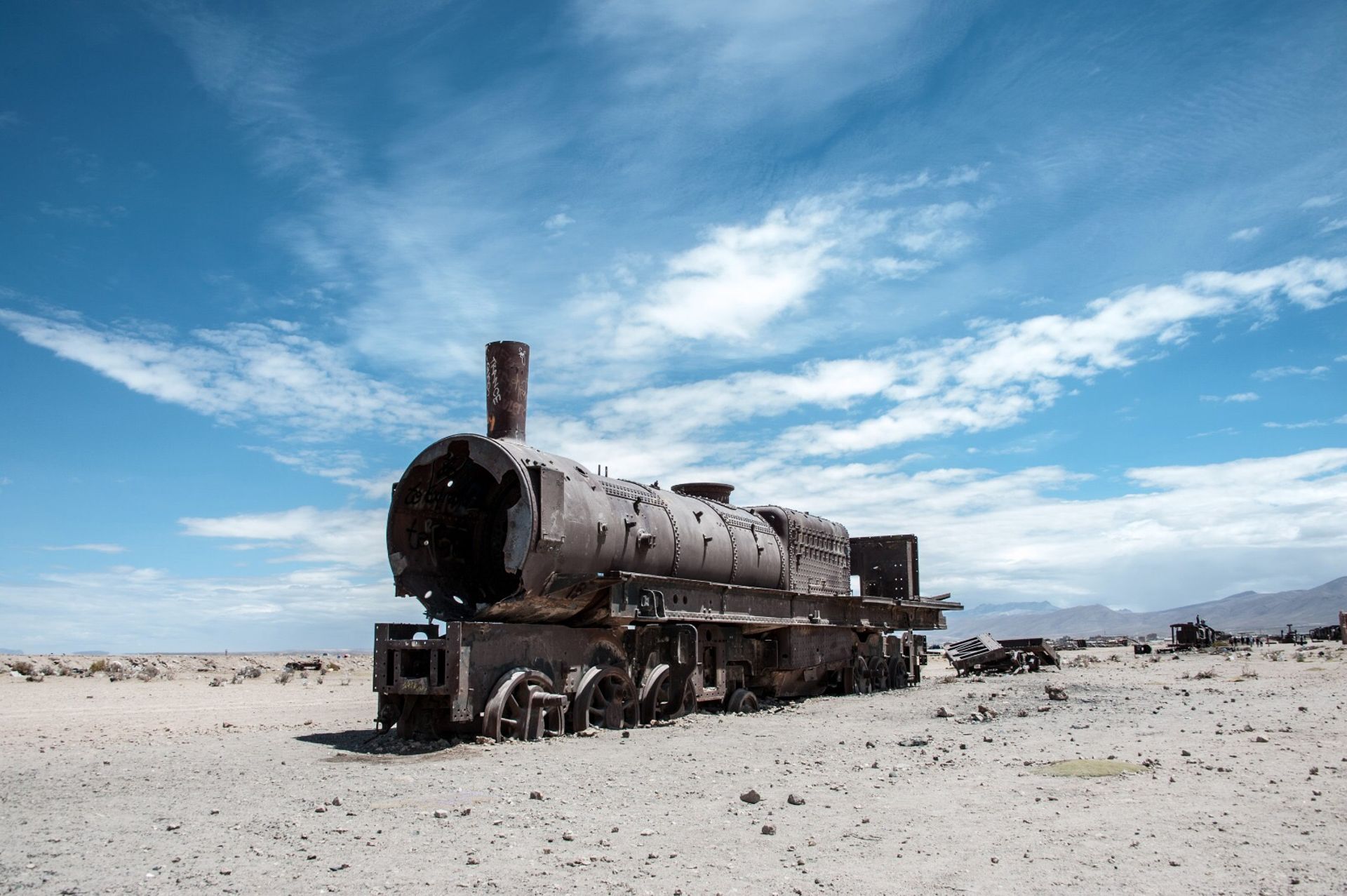
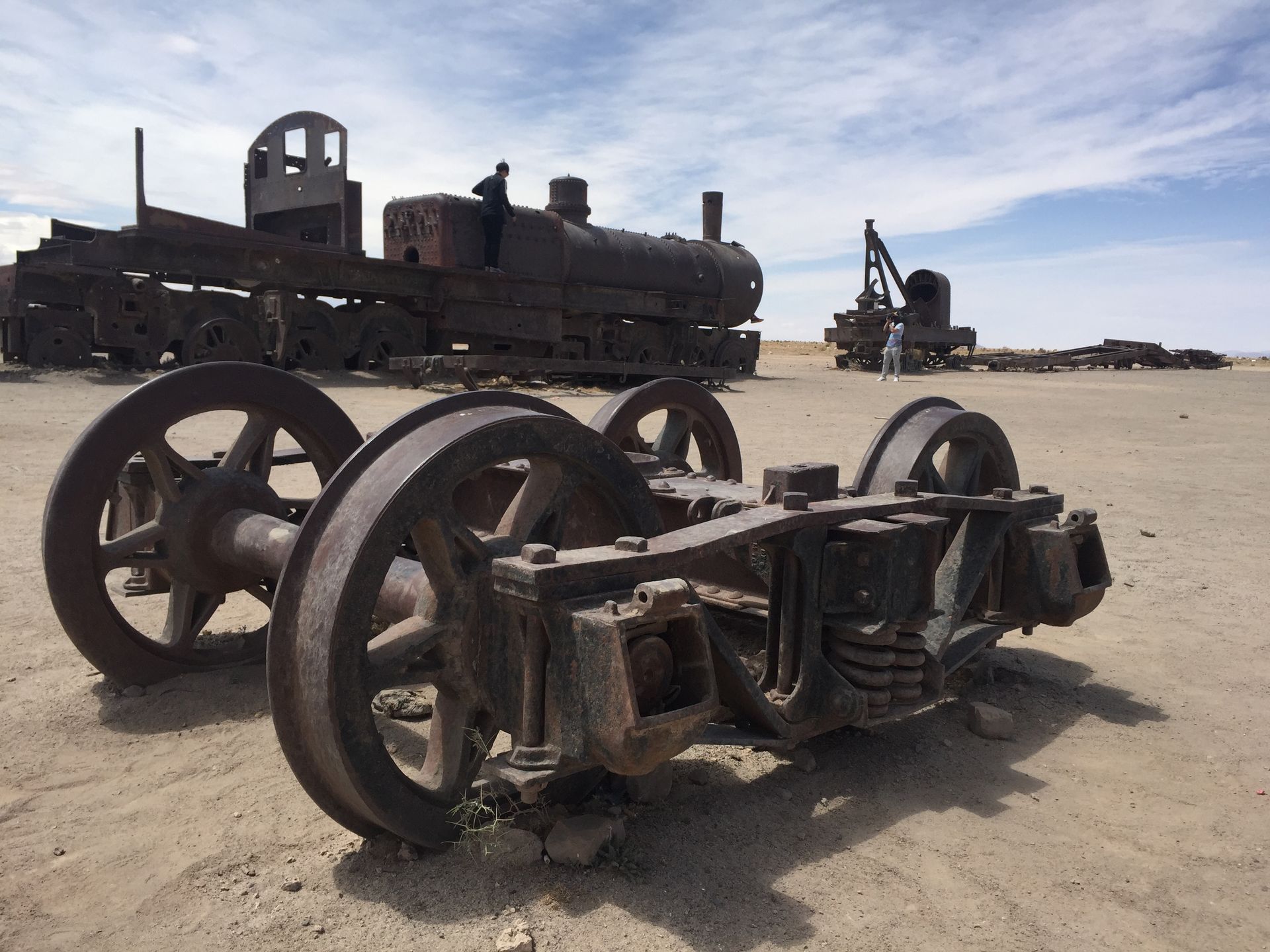
At noon, we arrived at the Salt Hotel. Most of it was made of salt. The food was really good.

After lunch, we continued driving and stopped in the middle of the salt desert to take funny perspective photos. It's not as easy as it looks. We left the big camera and the GoPro in the car because the best photos were taken with our phones. Alberto watched us for about 20 minutes and then intervened because we couldn't get the right perspective.
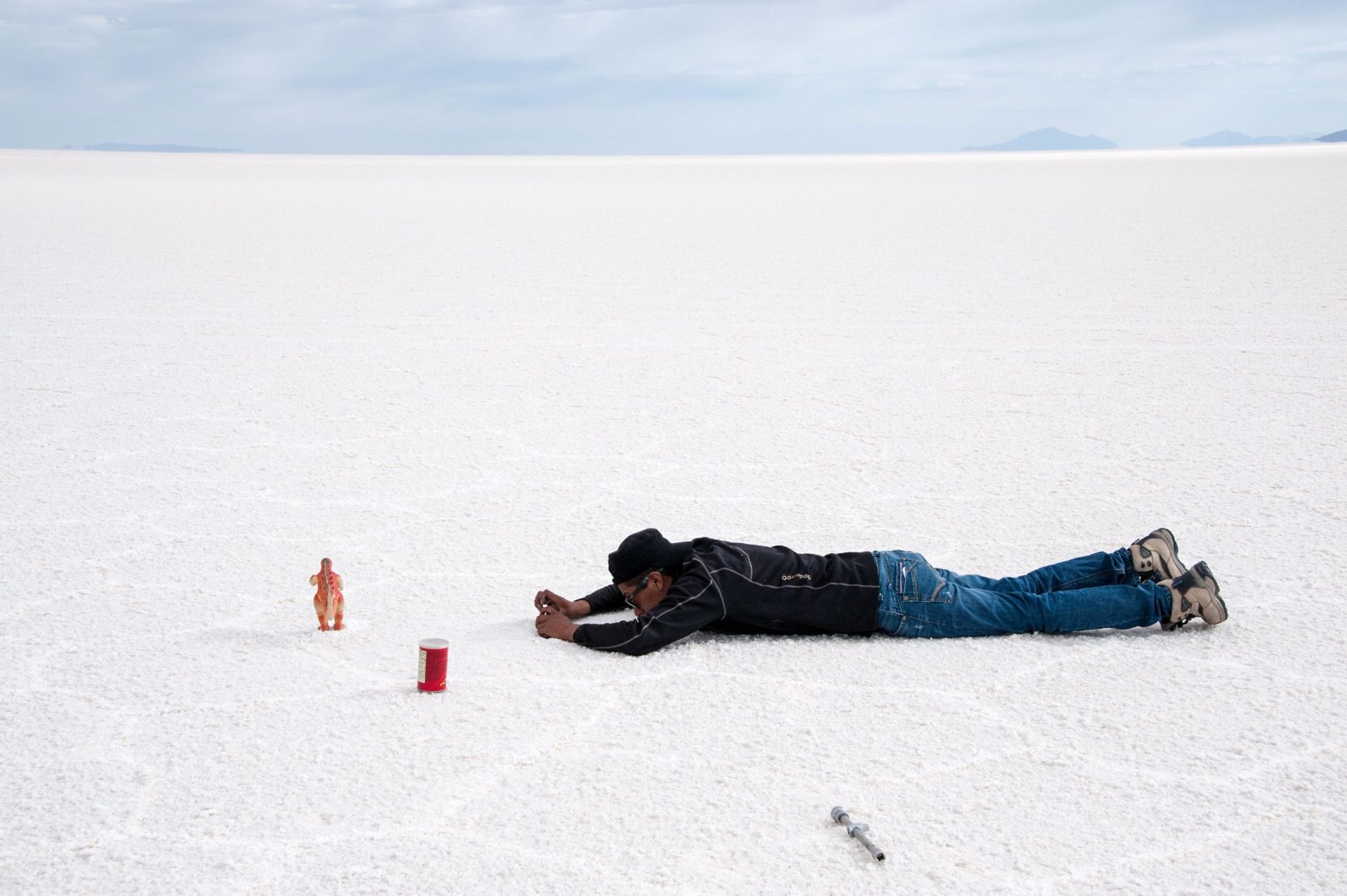

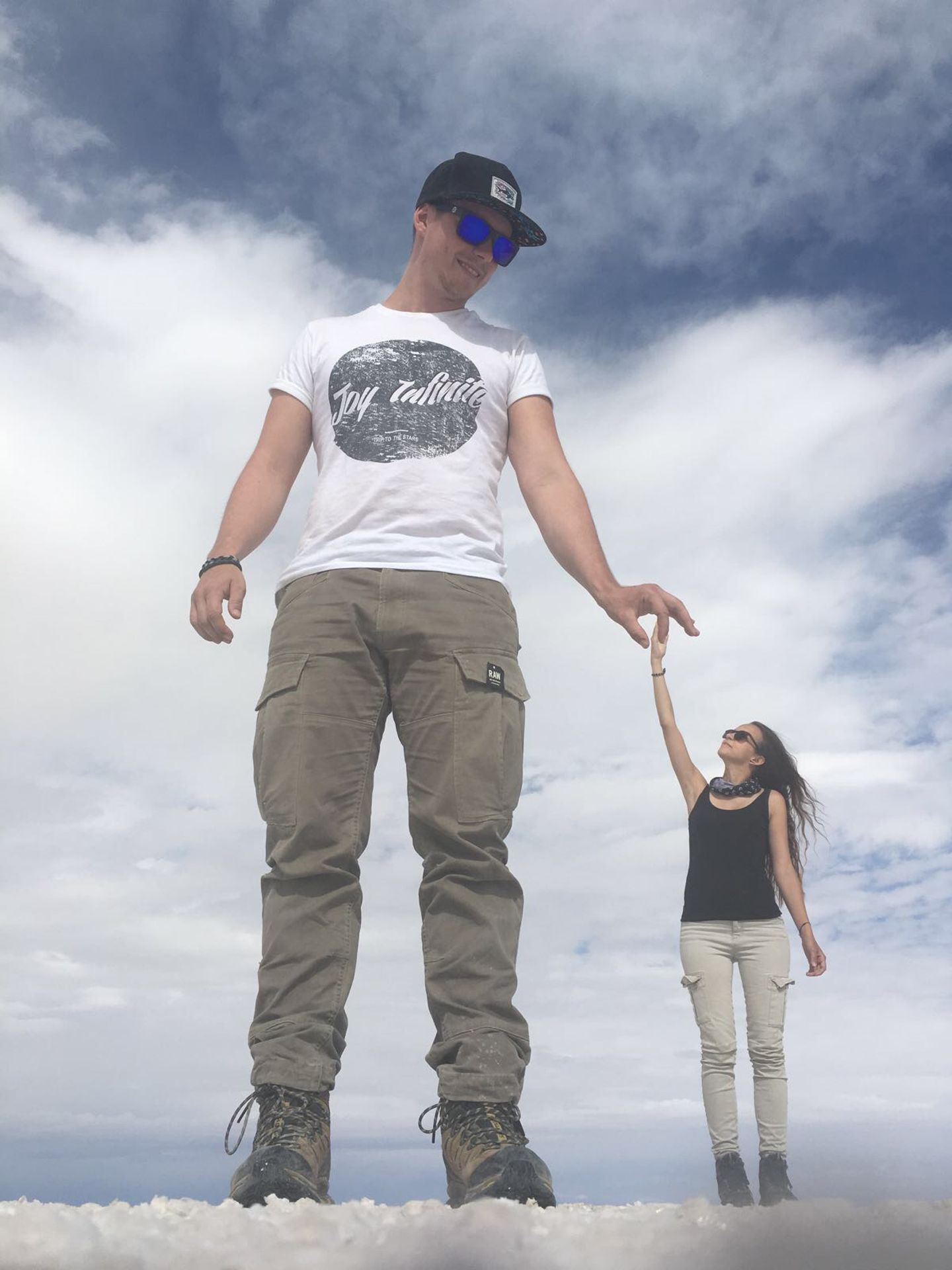
Next, we visited an 'island' in the desert. It was a large rock covered with thousands of cacti. Surrounding it was a perfectly flat salt surface.
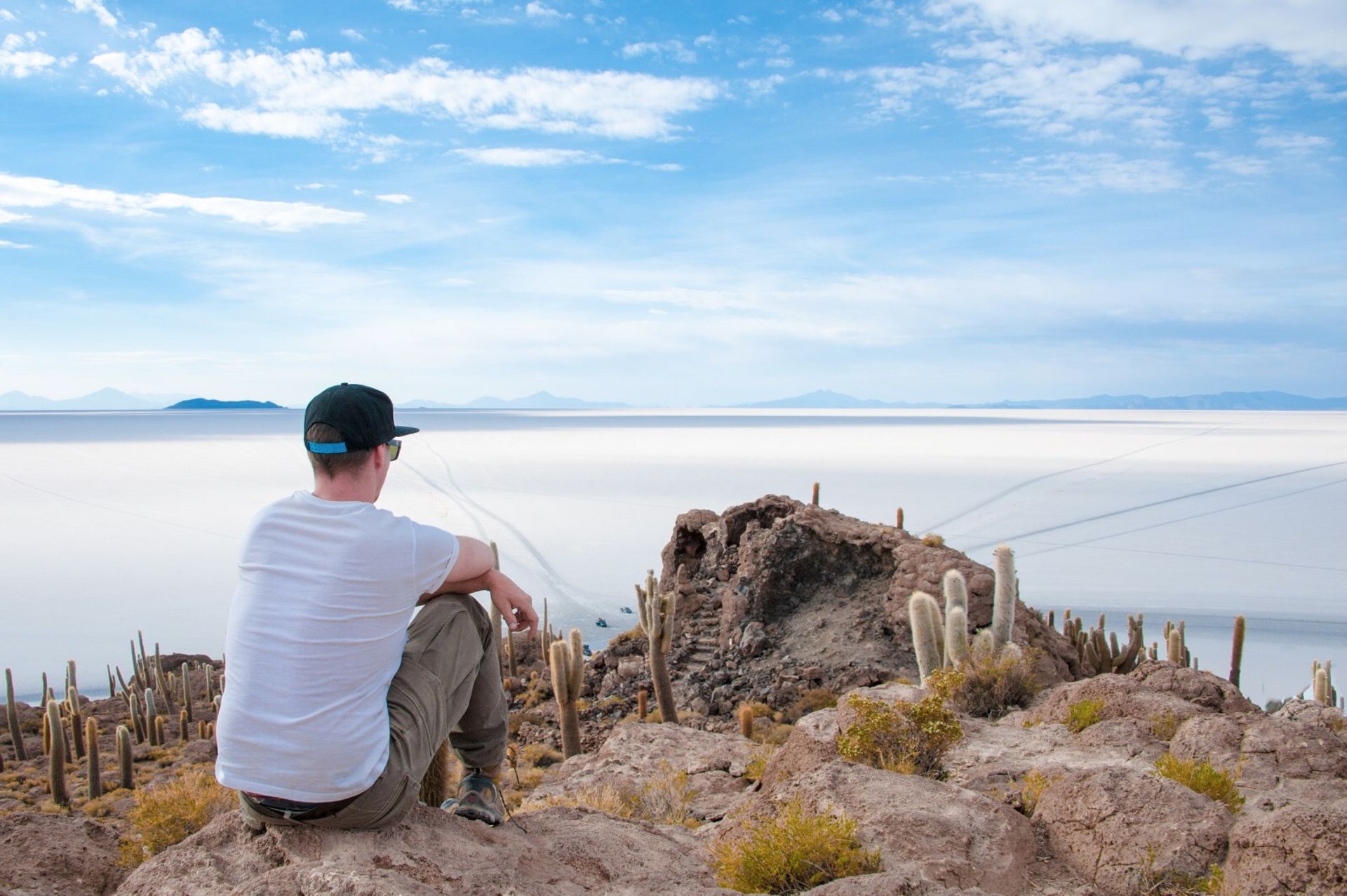
On our way to the first hostel, we stopped to watch the sunset. It got quite chilly when the sun went down.

In the morning, we continued driving and made several stops, visiting deserts, different lagoons, and rock formations.
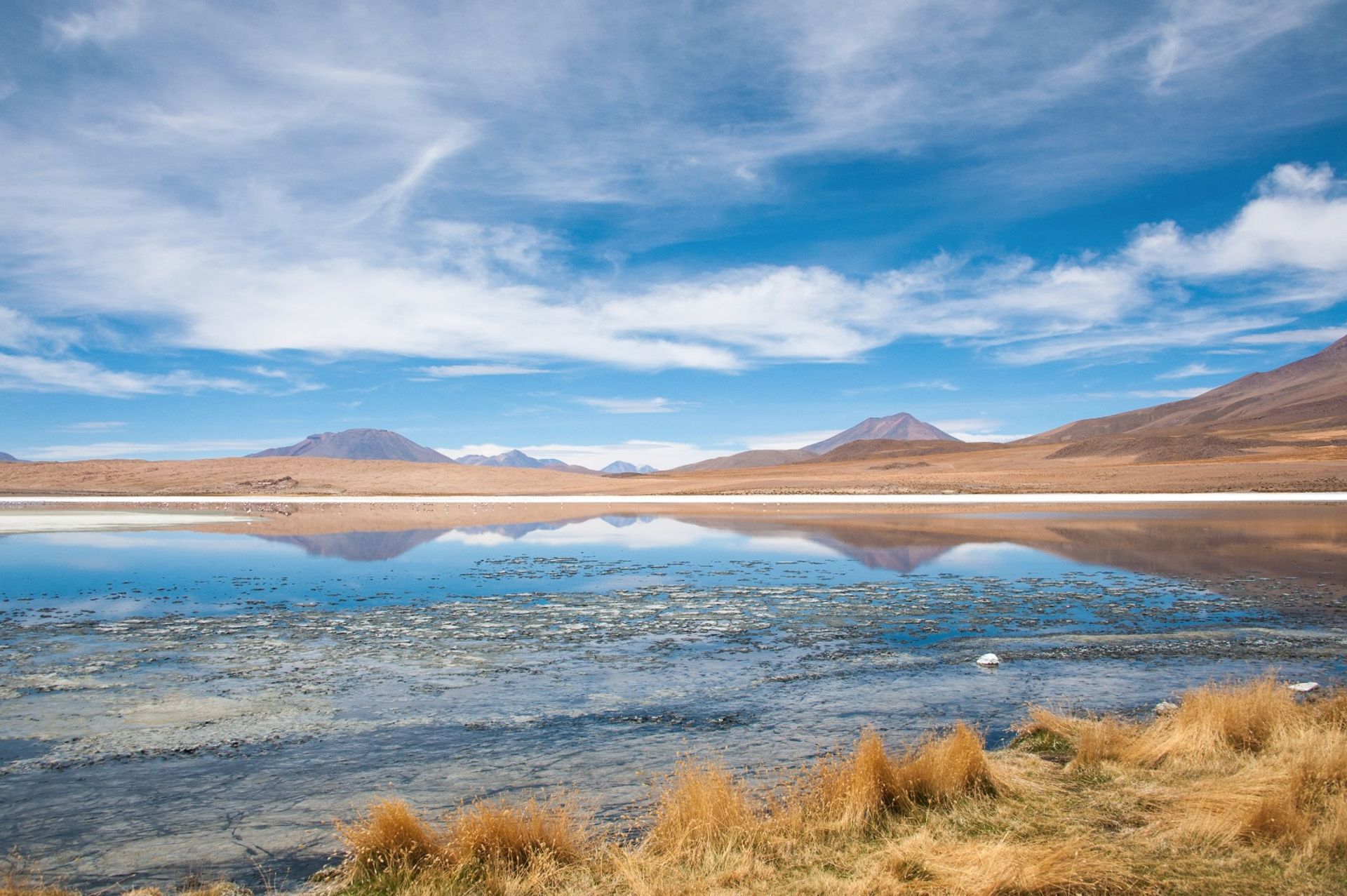
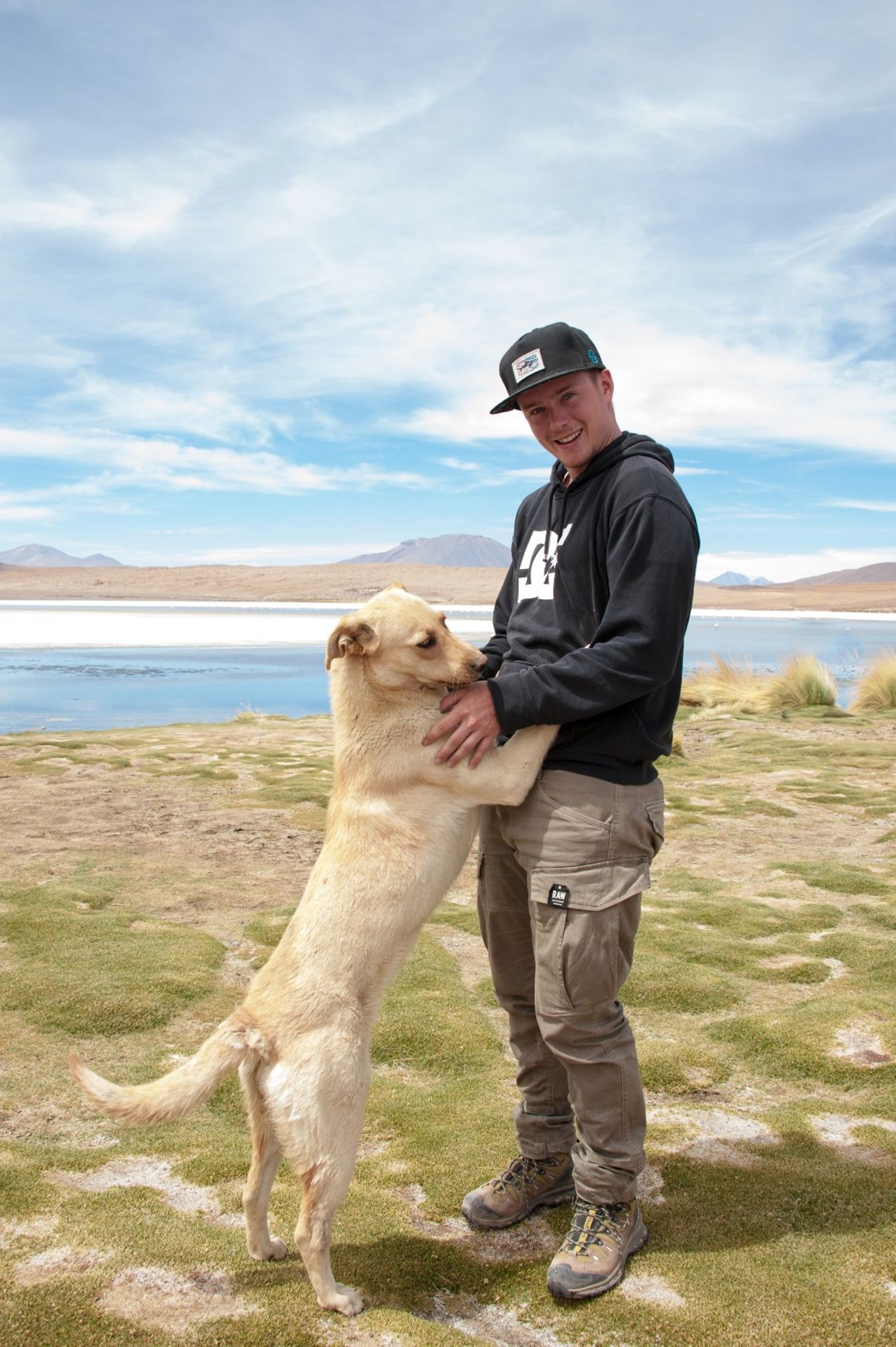
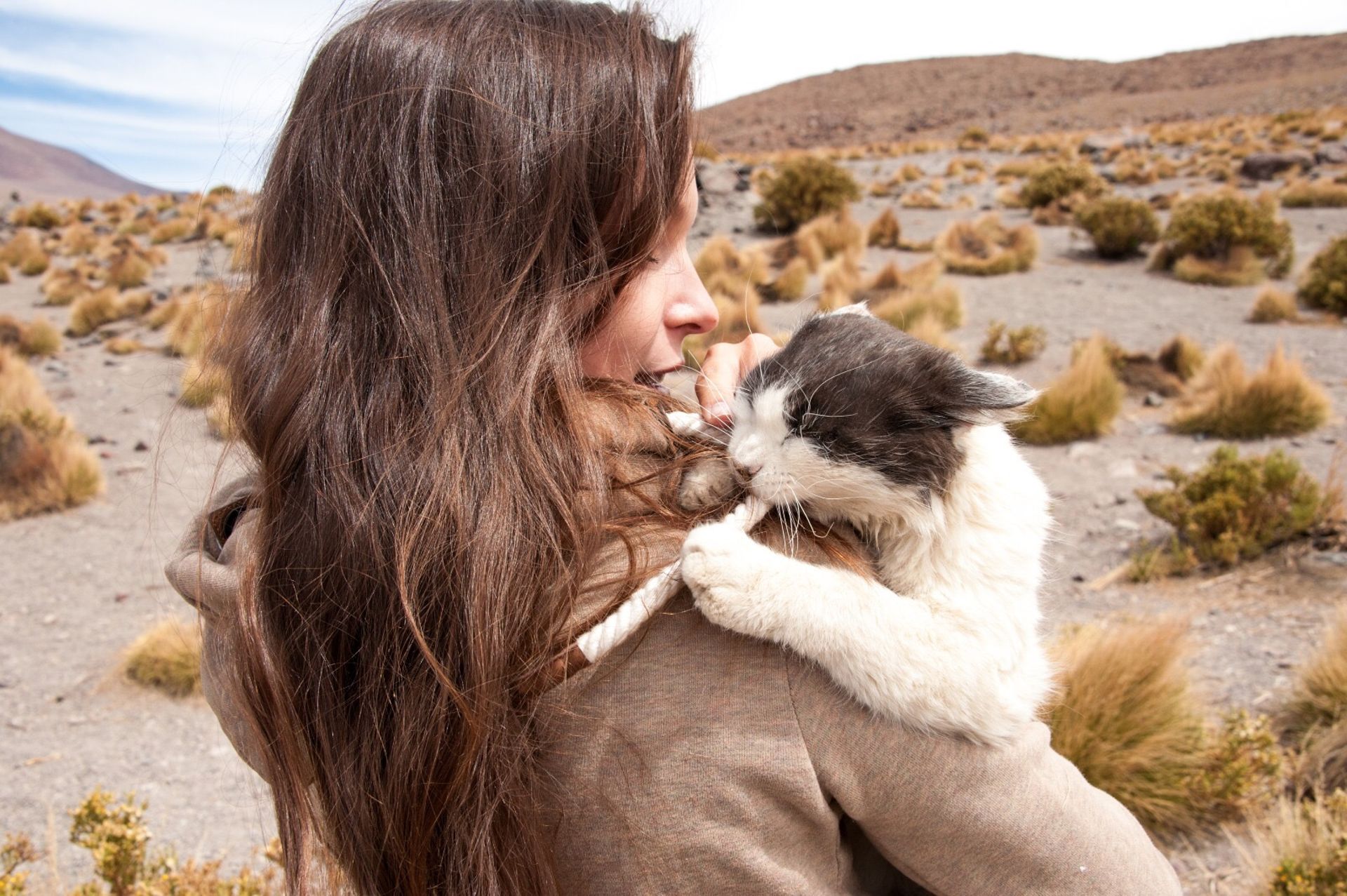
We saw many other animals as well, such as vicuñas, viscachas, flamingos, llamas, an ostrich, various birds, and even a desert fox.

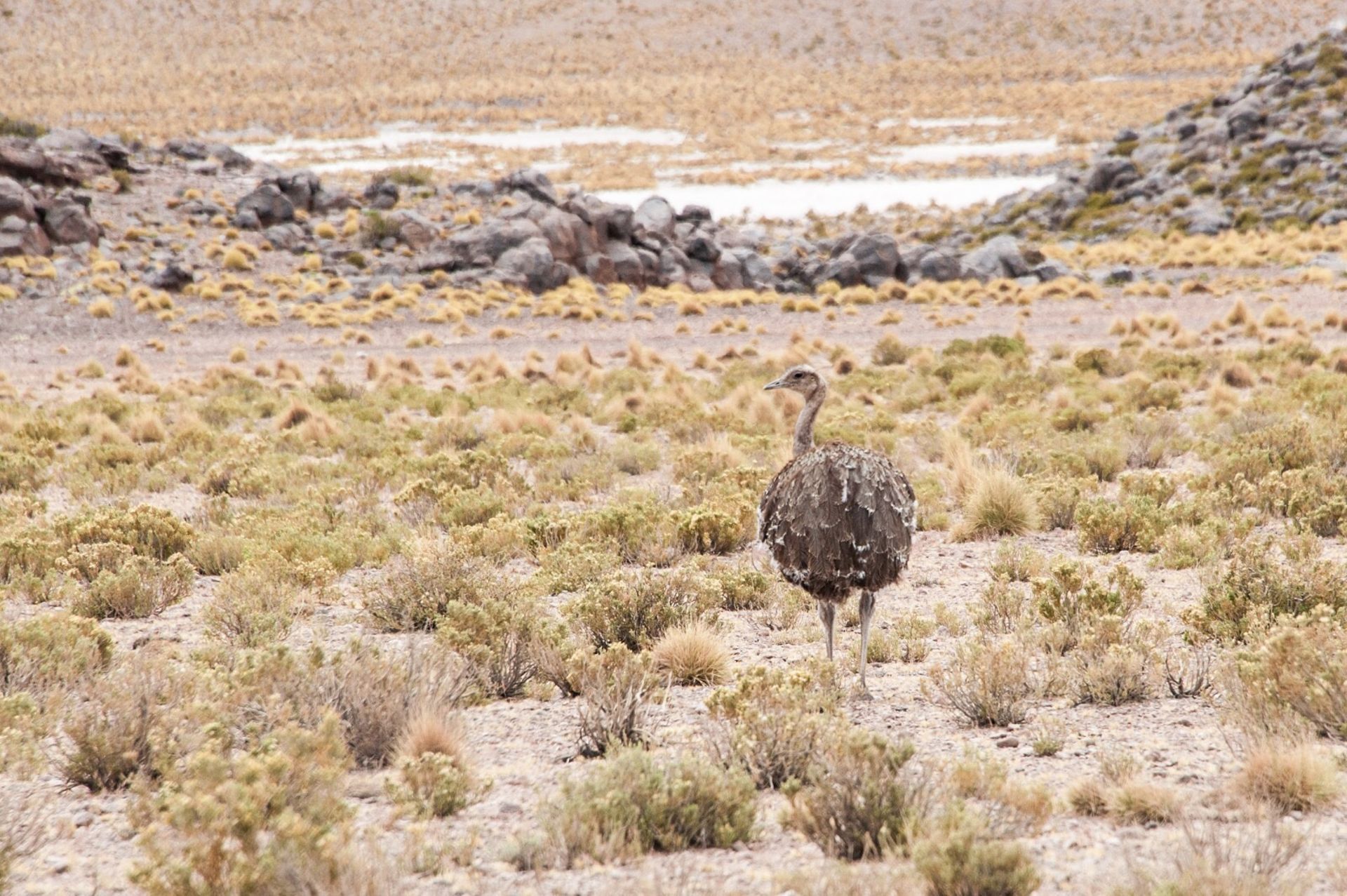
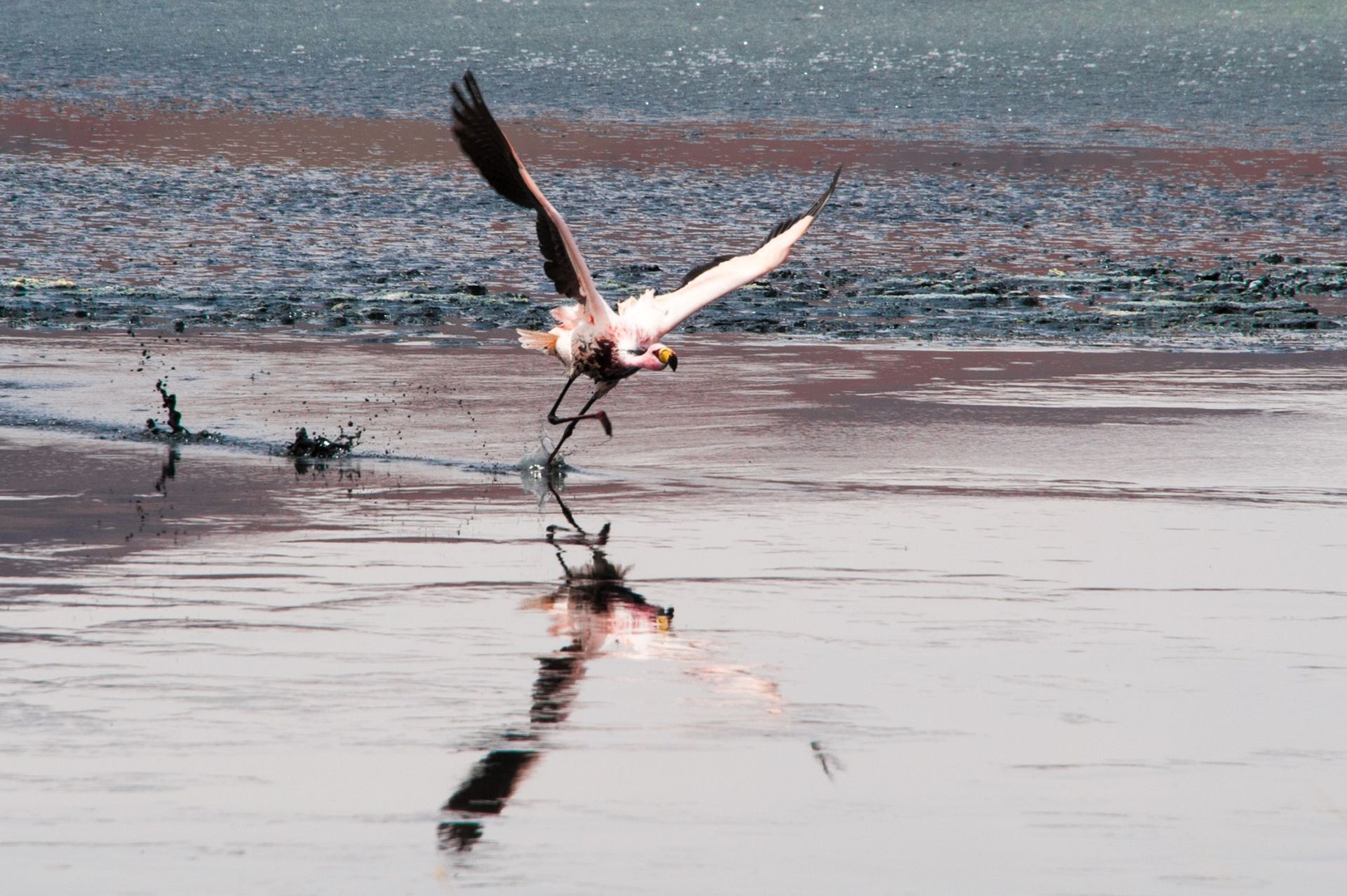
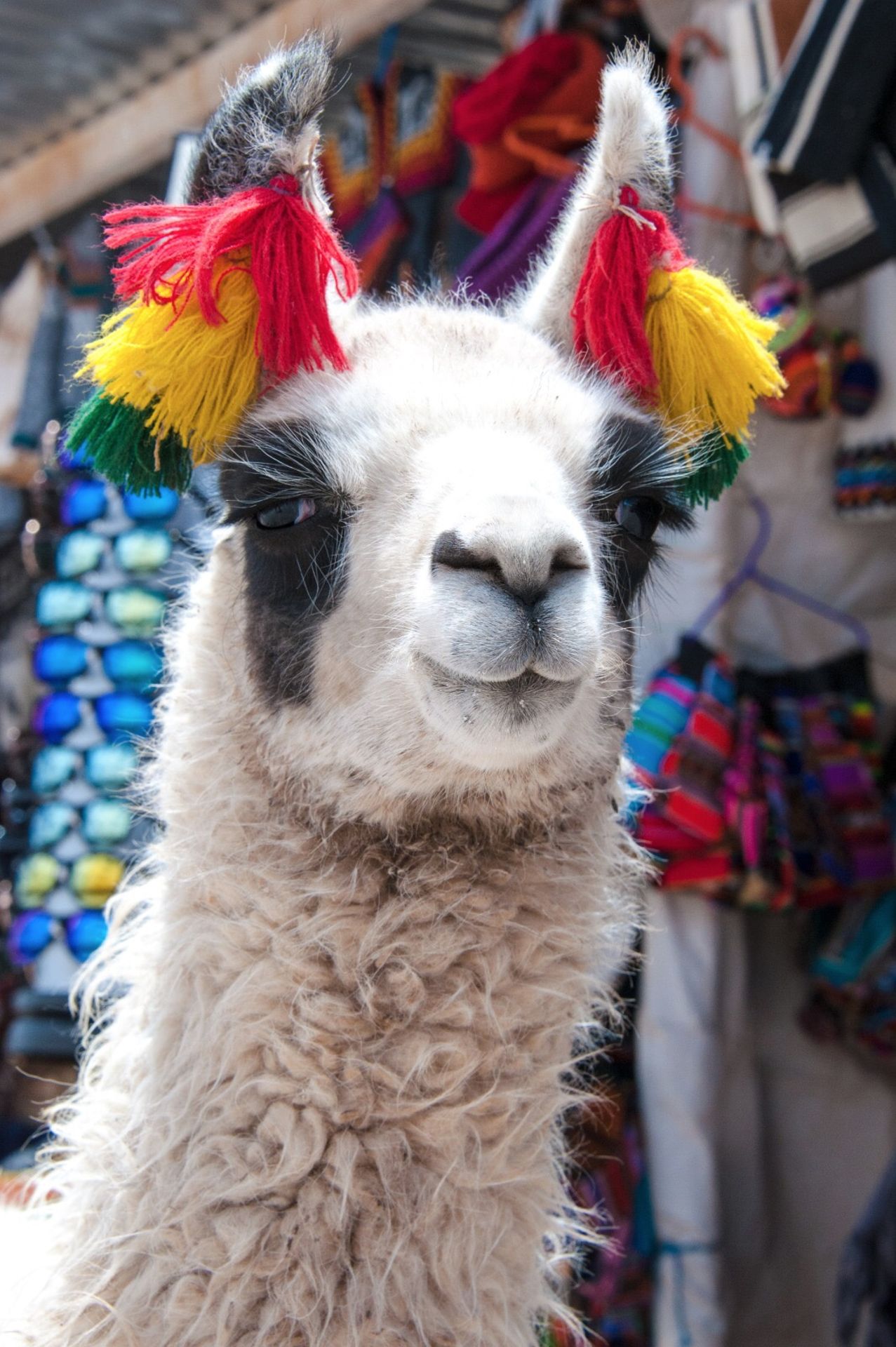
How does it work? You take about 30-40 leaves, chew them, and keep them in your cheek like a hamster. Keep moving them around until they soften. Yes, it really makes you feel like a cow. But it helped a lot. However, you temporarily lose feeling in your cheek, but it comes back once you spit out the leaves.
Among other things, we also witnessed a natural phenomenon, a 'circle rainbow'.
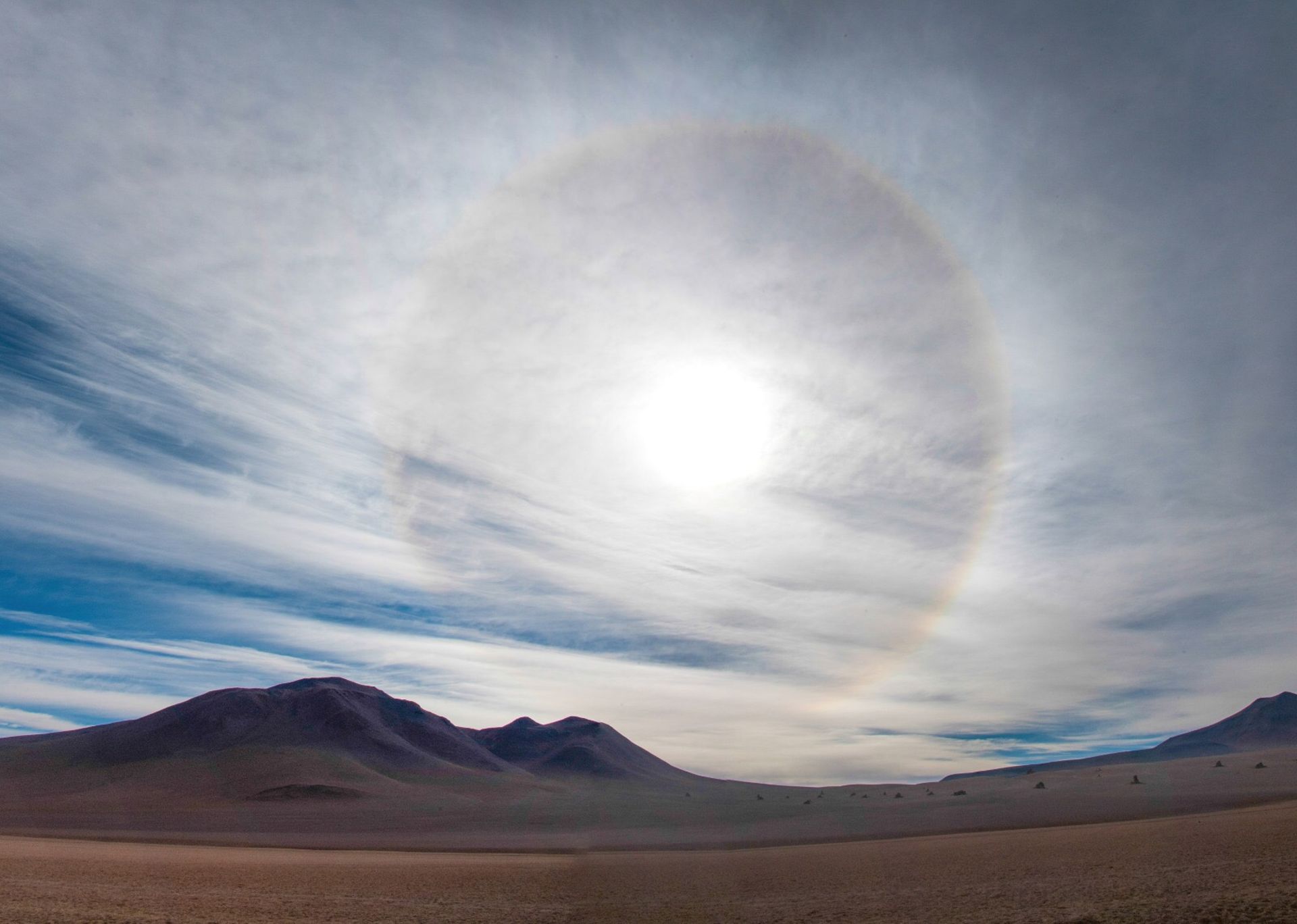
In the car, the atmosphere became even more fun. The mood was really good. The final stop was the geysers. Hot steam gushing from the ground, smelling of rotten eggs. It was horrible.
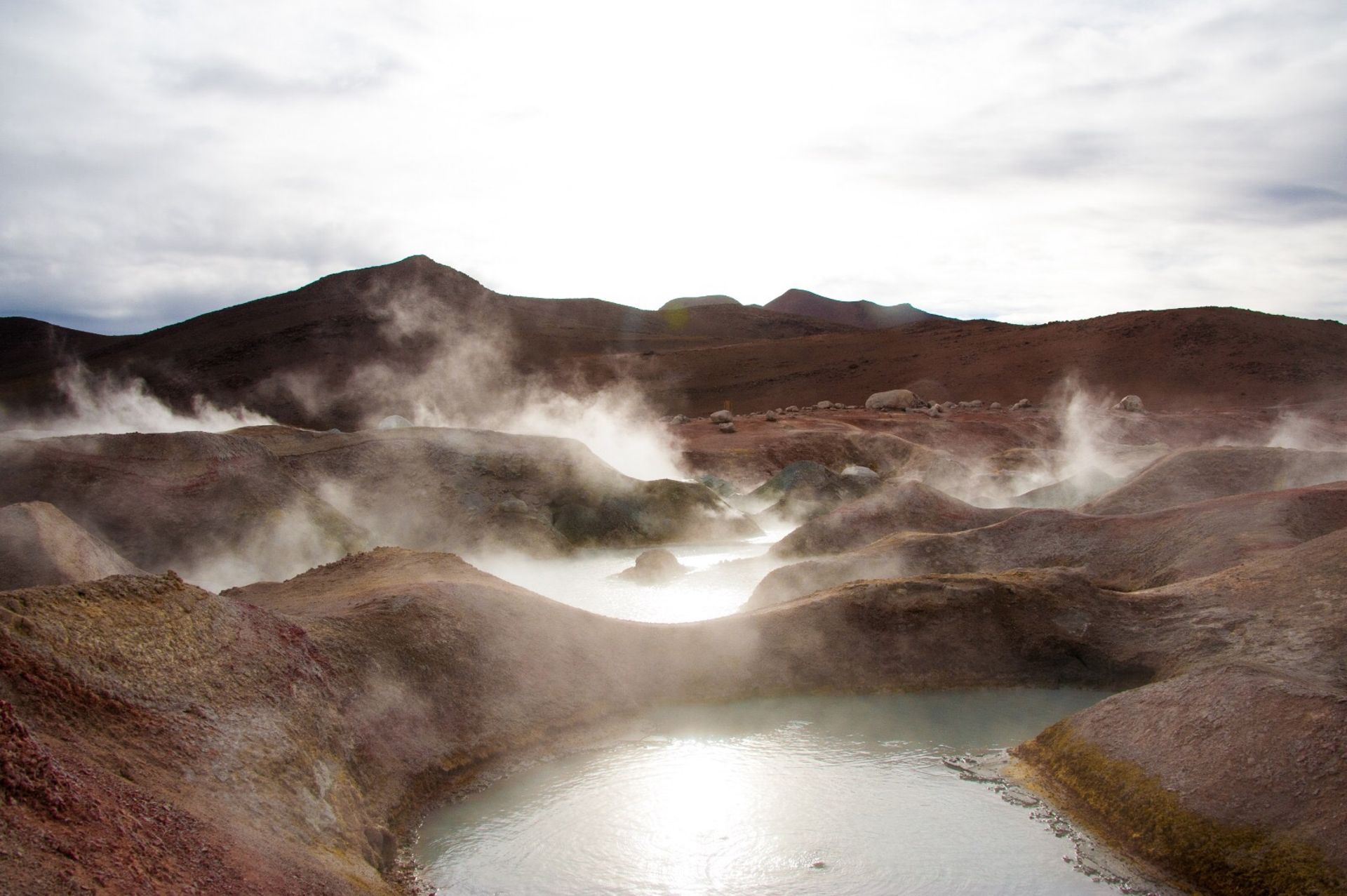
In the evening, we arrived at the next hostel. It was one of the most beautiful hostels we've ever stayed in. Not because of cleanliness or amenities. No, it was the nature surrounding it and the charm of the hostel. We had a view of a lagoon with lots of flamingos that stood there when the sun was brighter and enjoyed the last rays of sunshine. There was also a natural hot spring, a pool heated by a volcano to a pleasant temperature of 35-38 degrees. After dinner, we put on our bathing suits and jumped in. With an outside temperature of 4 degrees and a water temperature of 36 degrees, it was quite a contrast. We swam in the water and looked up at the giant starry sky. There were even two meteorites streaking through the sky with huge bright trails, something we had never seen before. And the moon showed itself from its chocolatey side as it slowly rose behind the horizon. The reflections on the entire lagoon were breathtaking. There were about 20 people, and we had a beer while the guide explained the stars using a laser pointer. But he couldn't fool us, we already knew a lot. It was less fun when we had to get out of the water because we were freezing. We hurried back to the hostel and got into warm sleeping bags. It was so beautiful that in the morning, we jumped into the hot springs again at sunrise. It was another spectacle. The lagoon slowly awoke from the sun's rays, and so did the flamingos. After breakfast, we continued our journey. We saw more rock formations in the desert and another lagoon.


All in all, we covered 995 kilometers and had many beautiful impressions of Bolivia. We made new friends and took amazing photos and videos. It was simply fantastic.
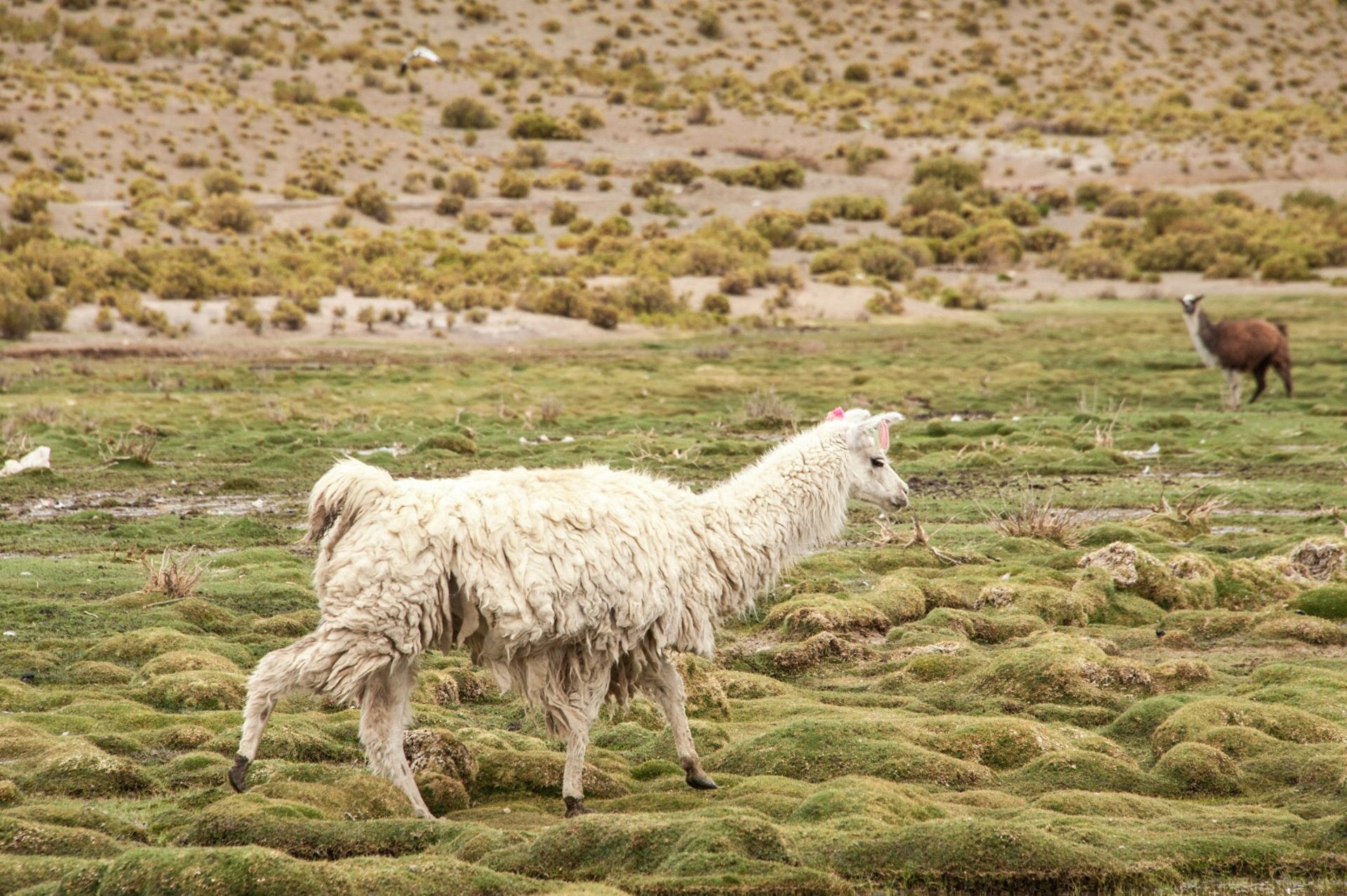
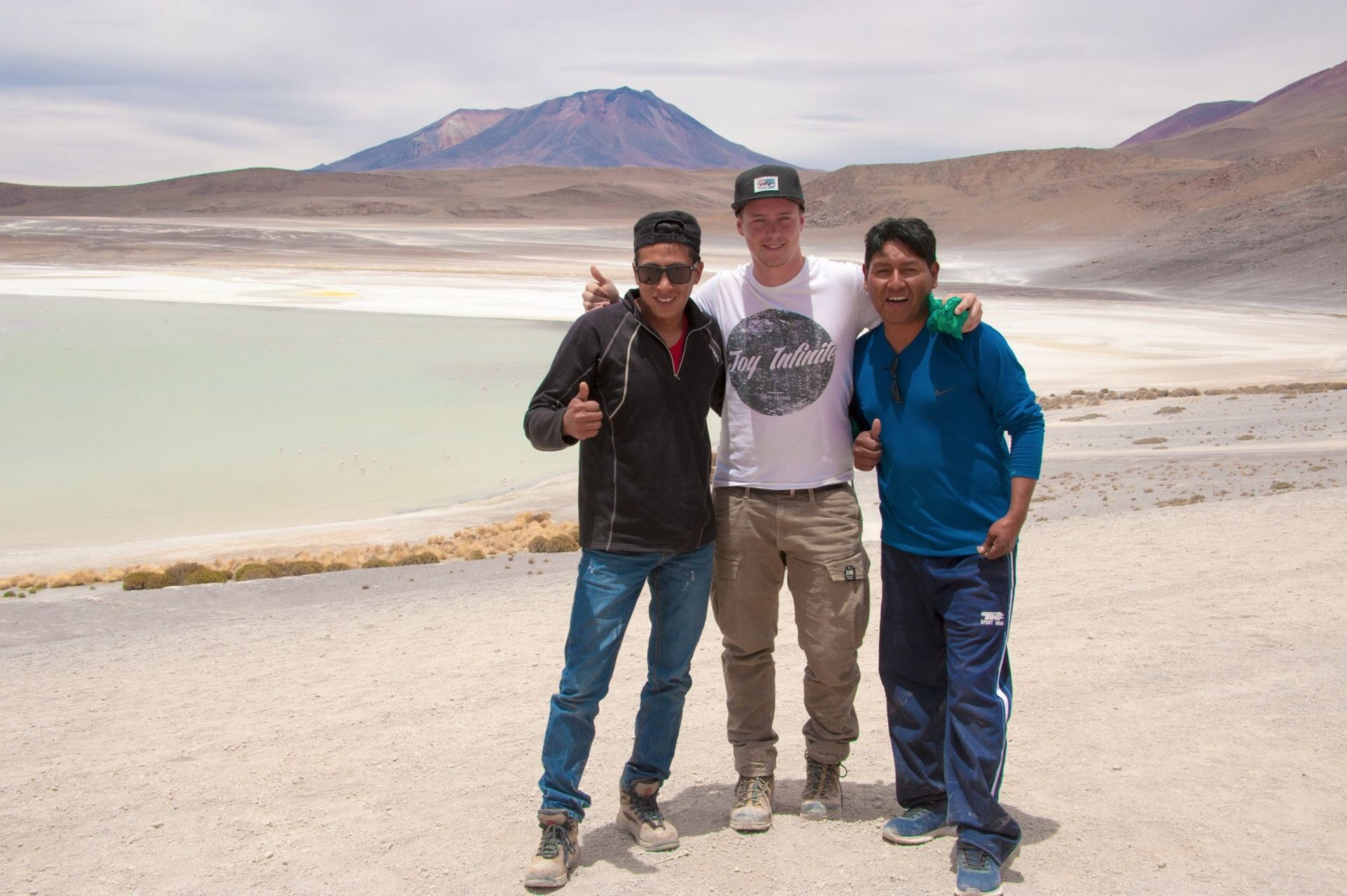
After we arrived at the office in Uyuni, we said goodbye to Alberto and took the bus to Potosí. At that time, it was the richest city in the world due to its silver mines, which are still active today. That's where we headed next.
Next Stop: Potosí
See you soon,
Ernesto & Muriel
Бюллетеньгә язылу
.Авап

Сәяхәт отчетлары Боливия
